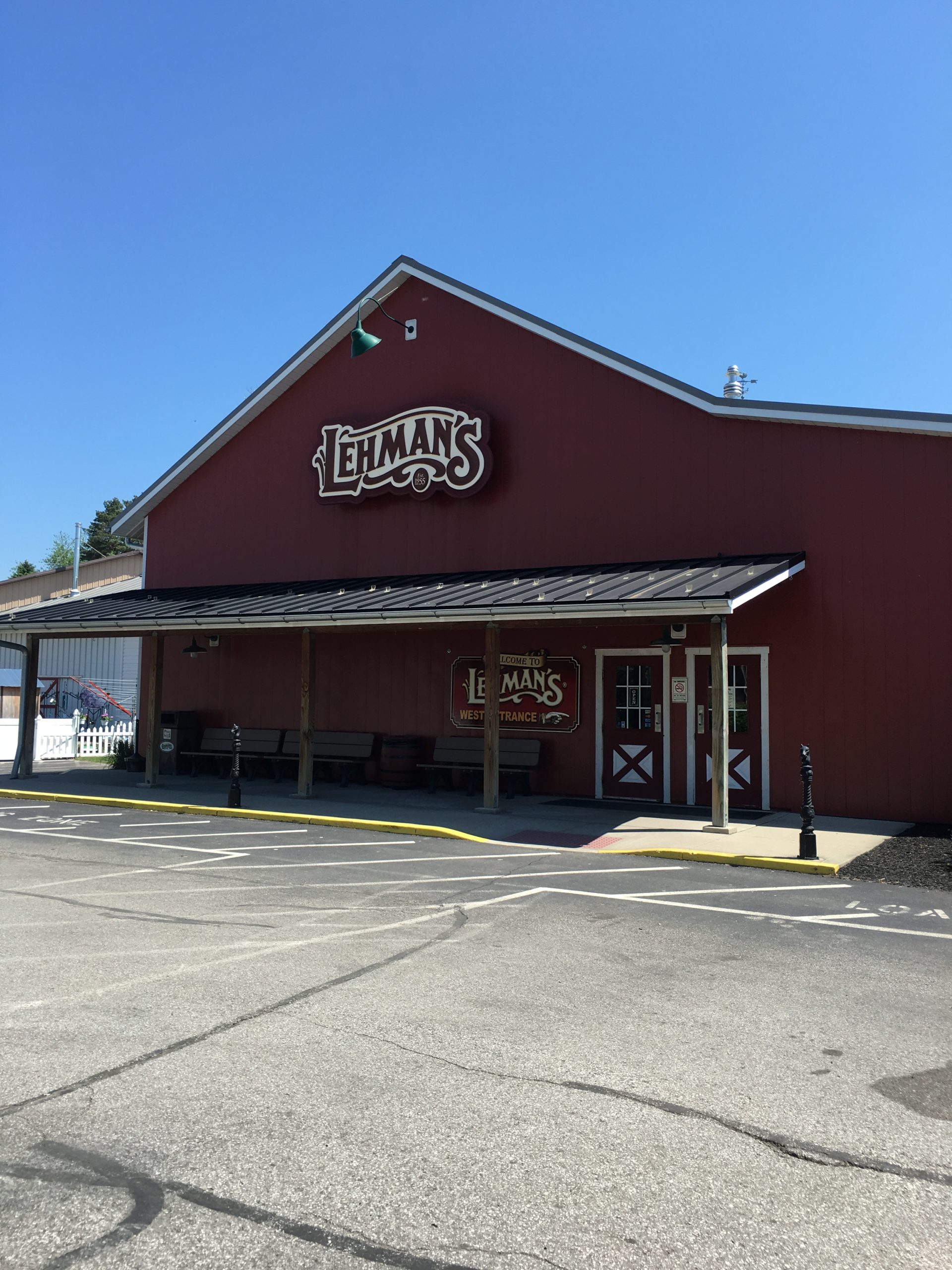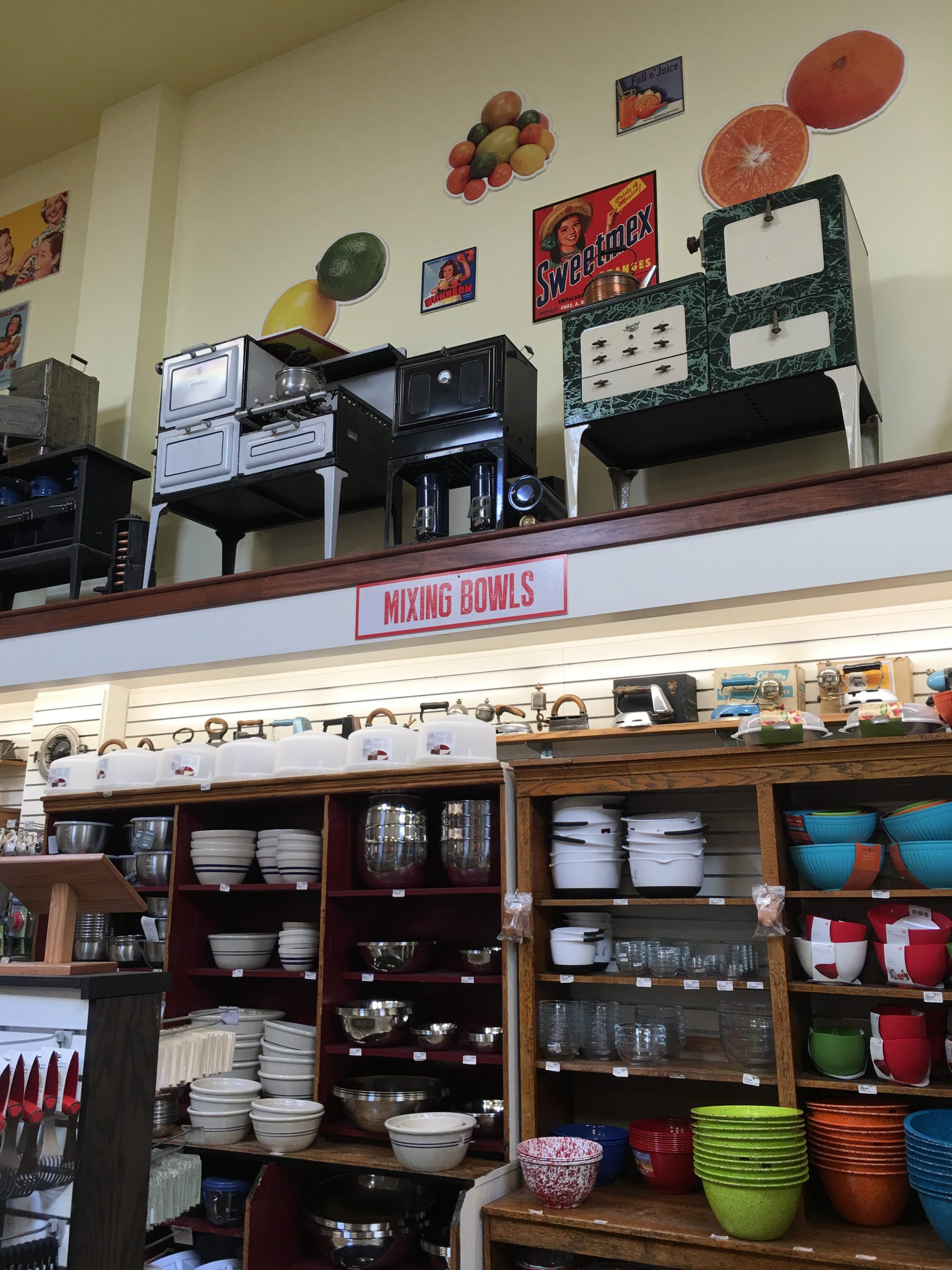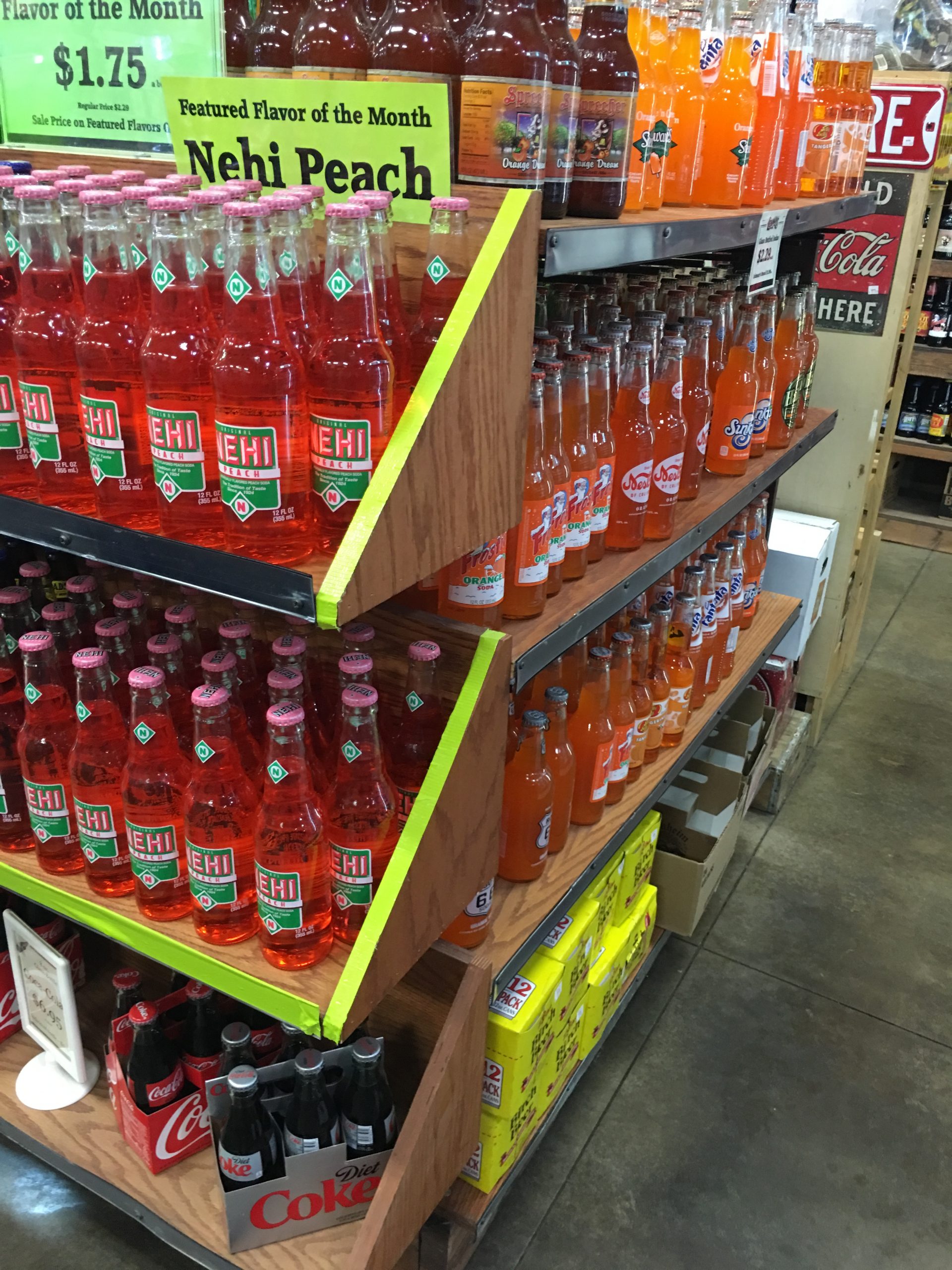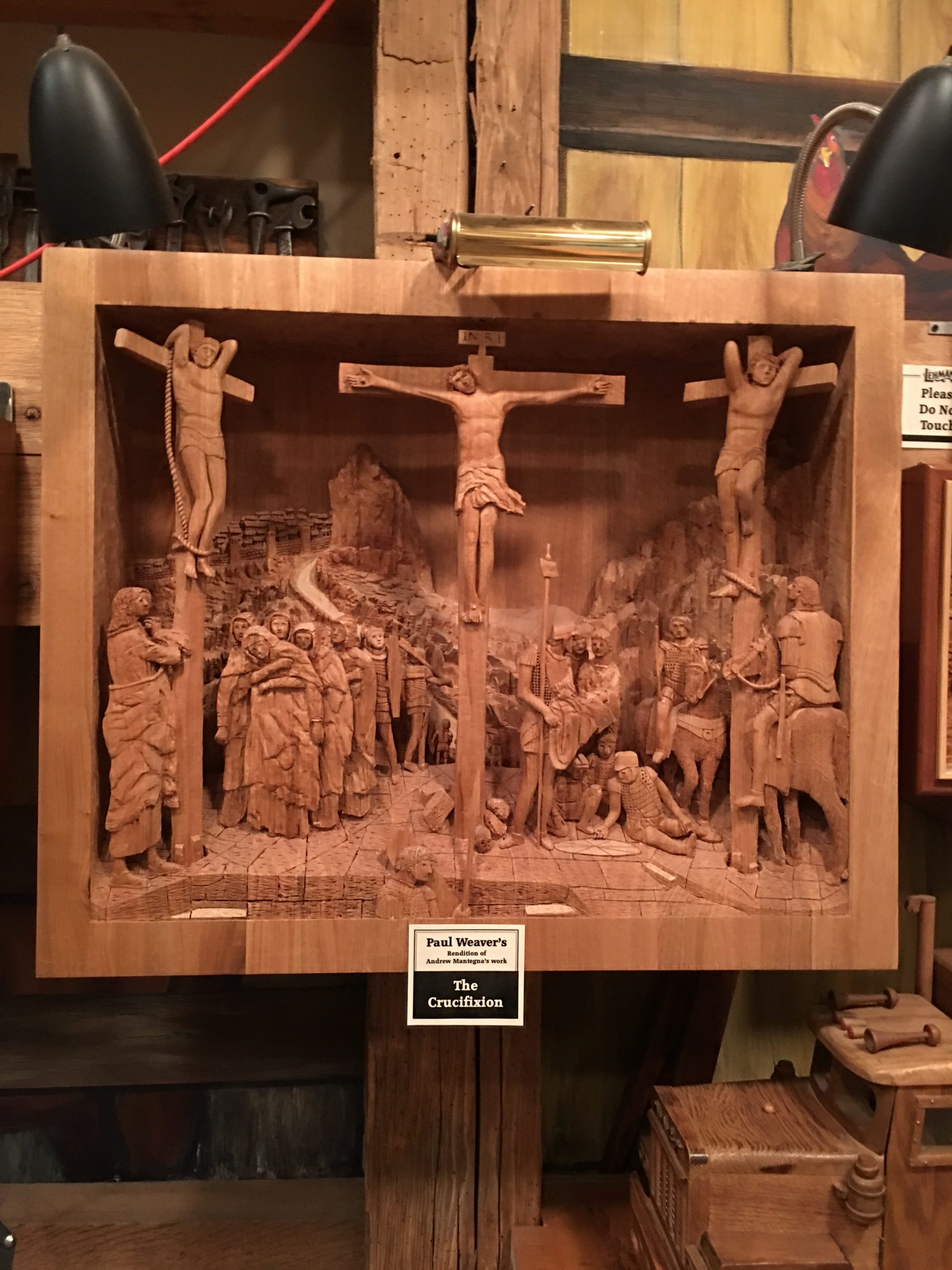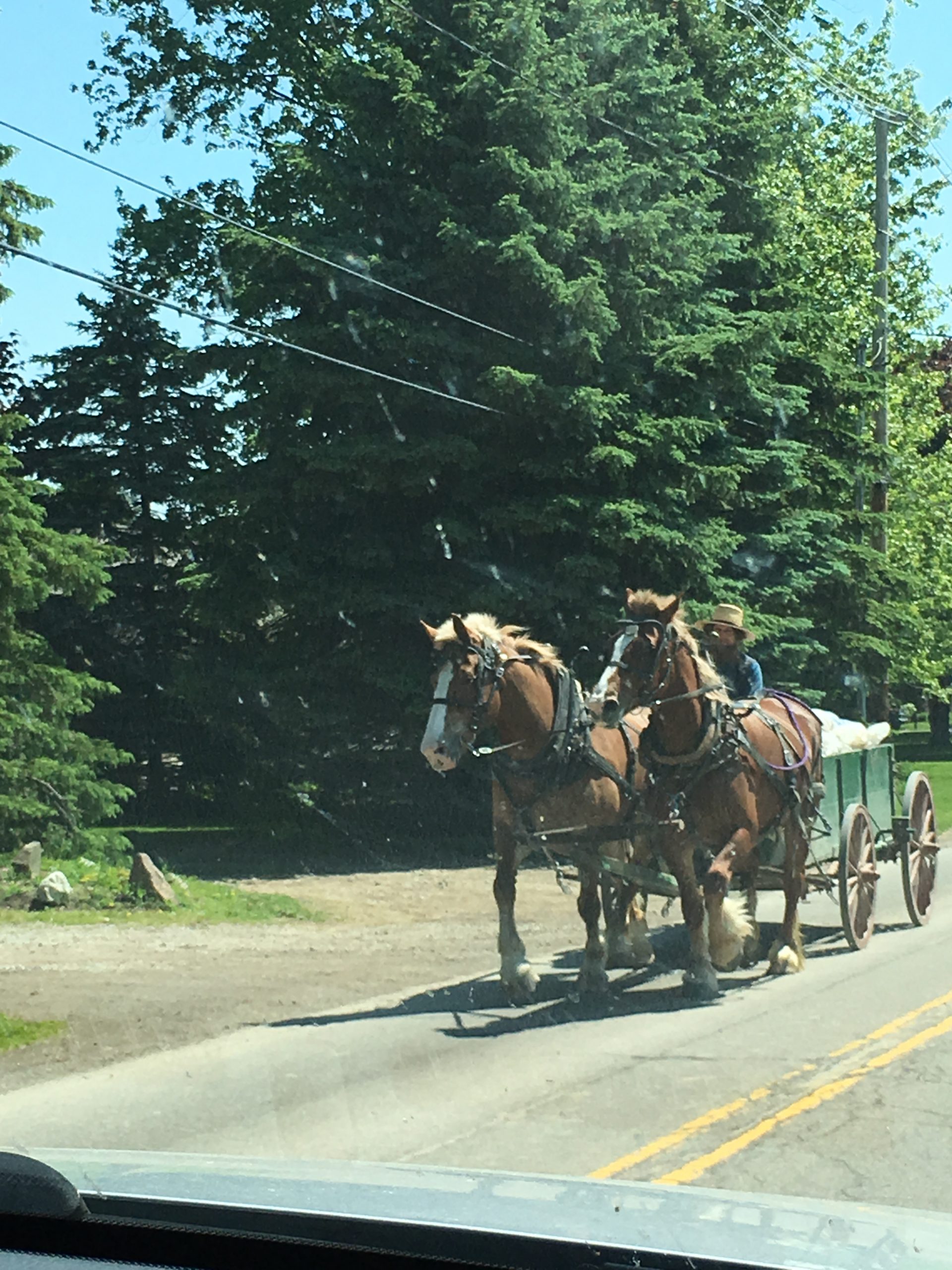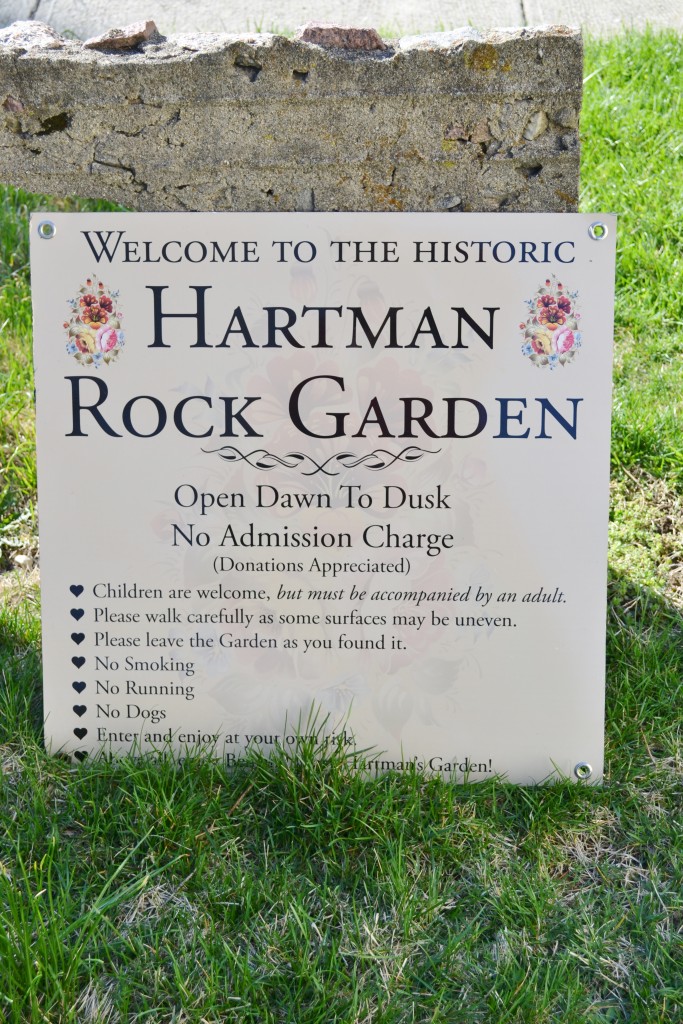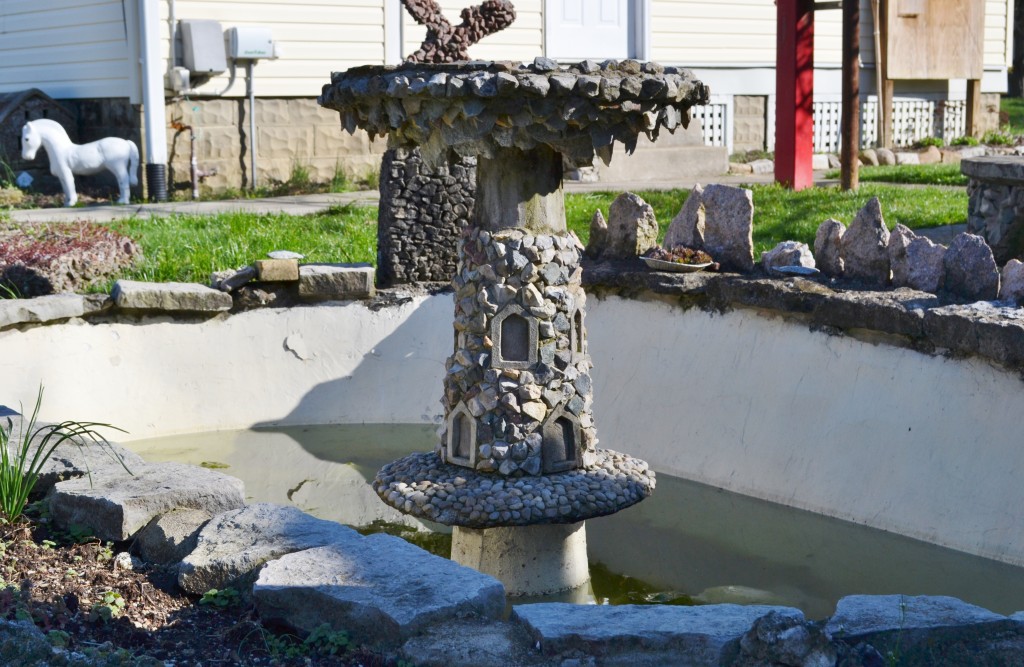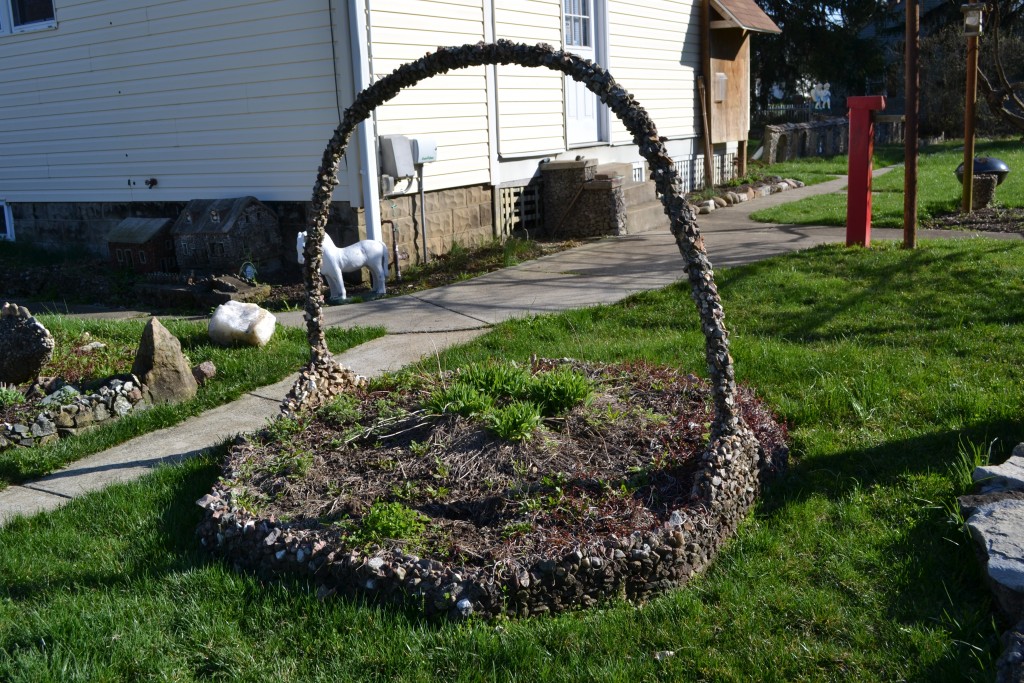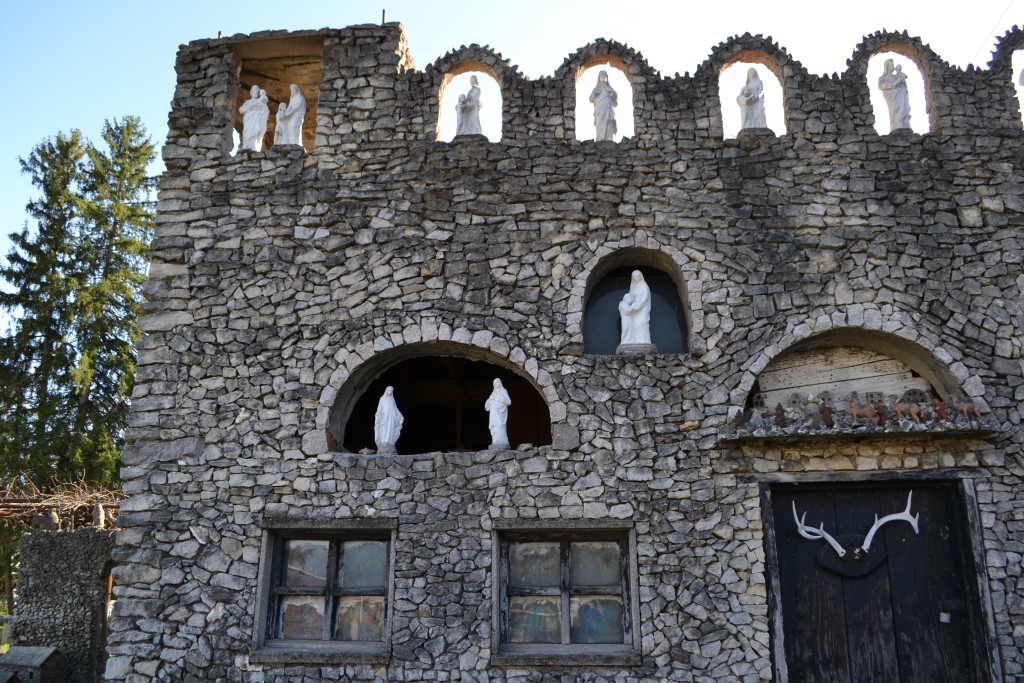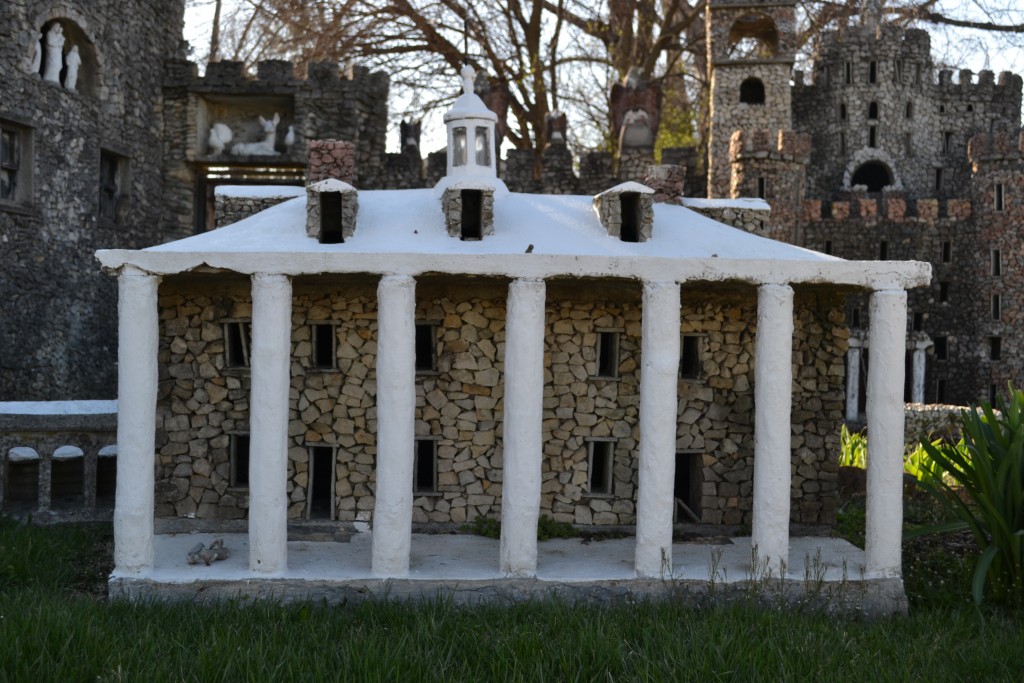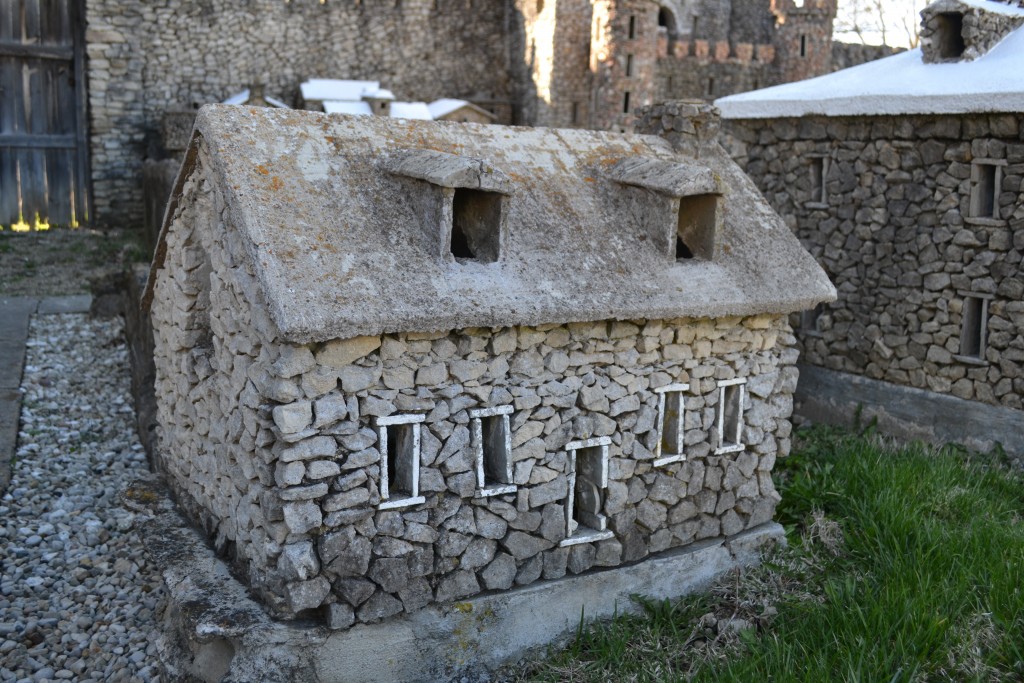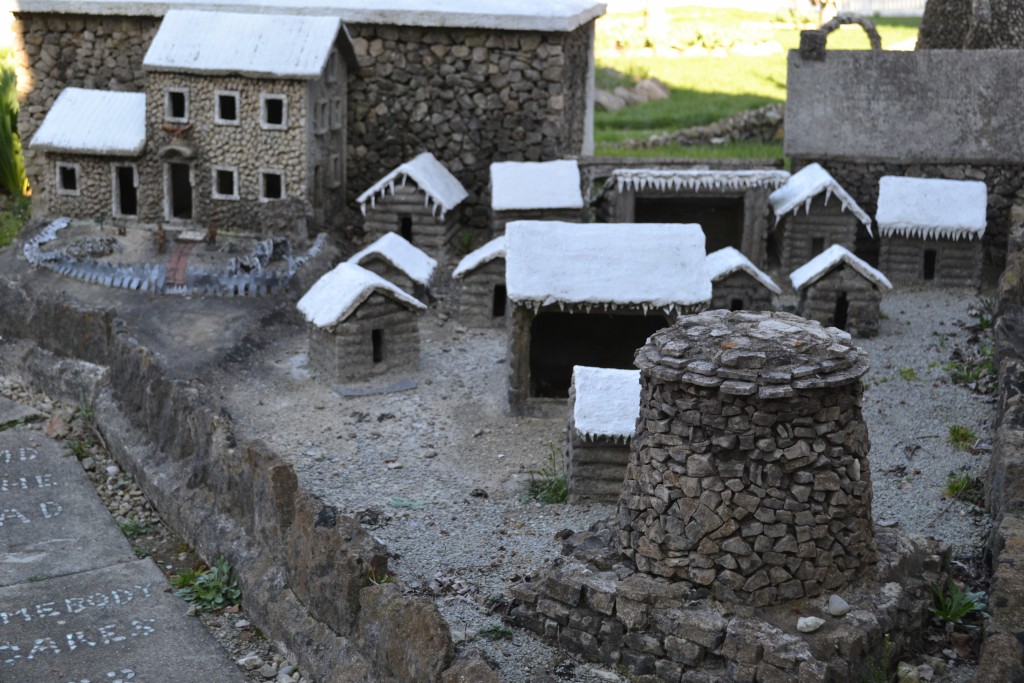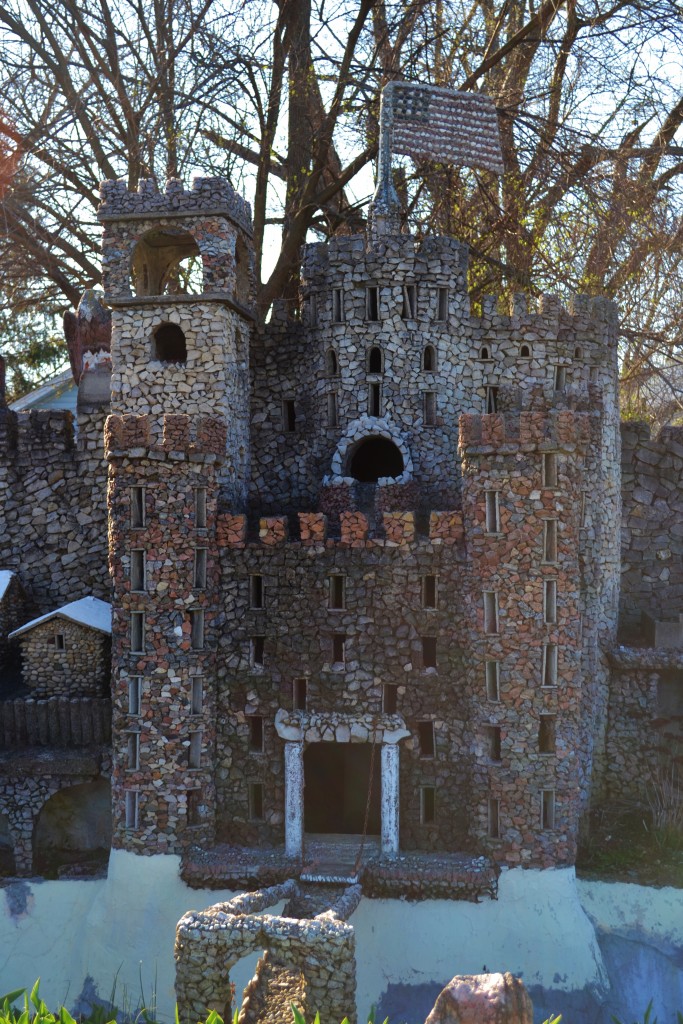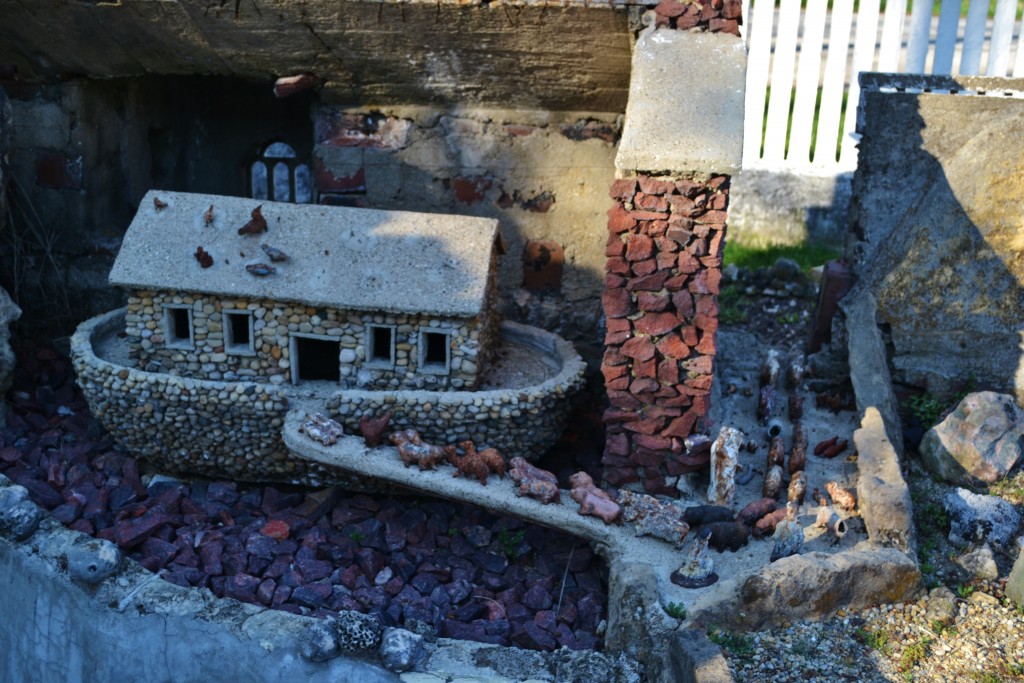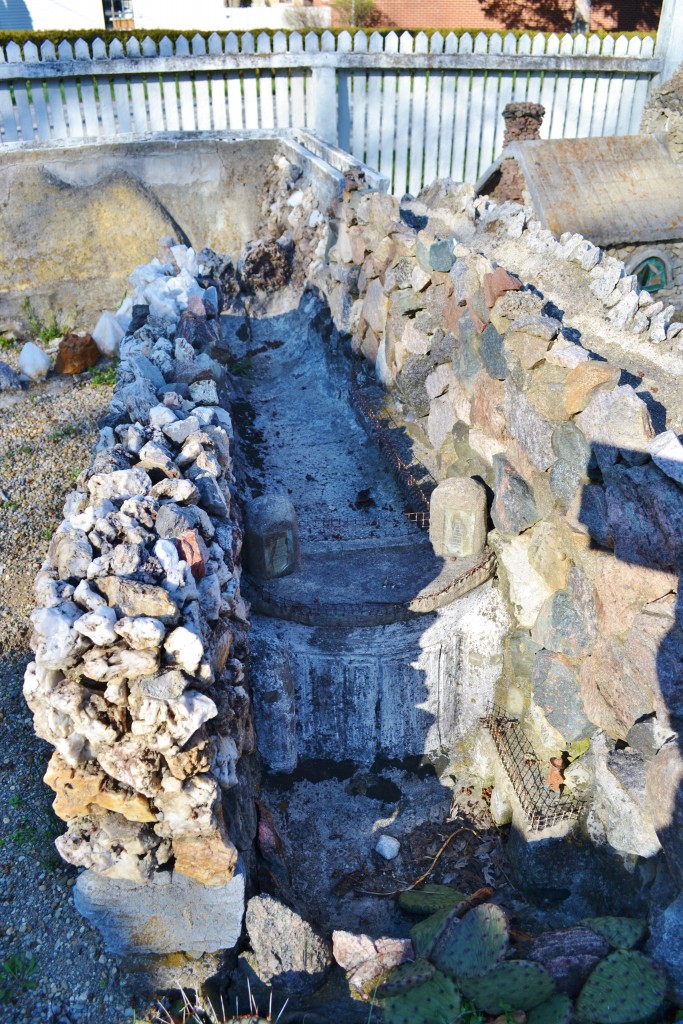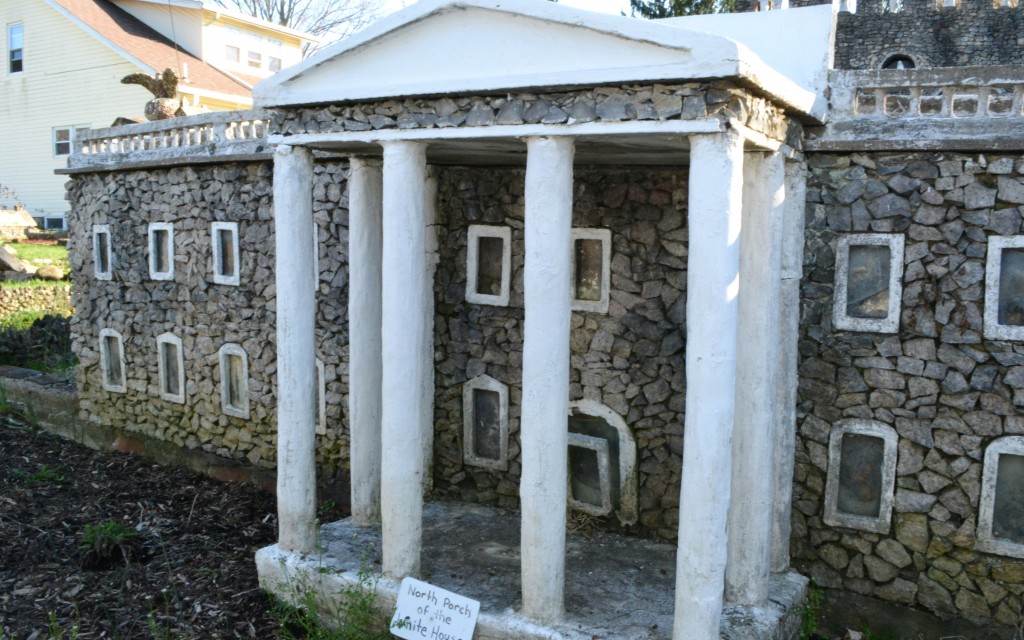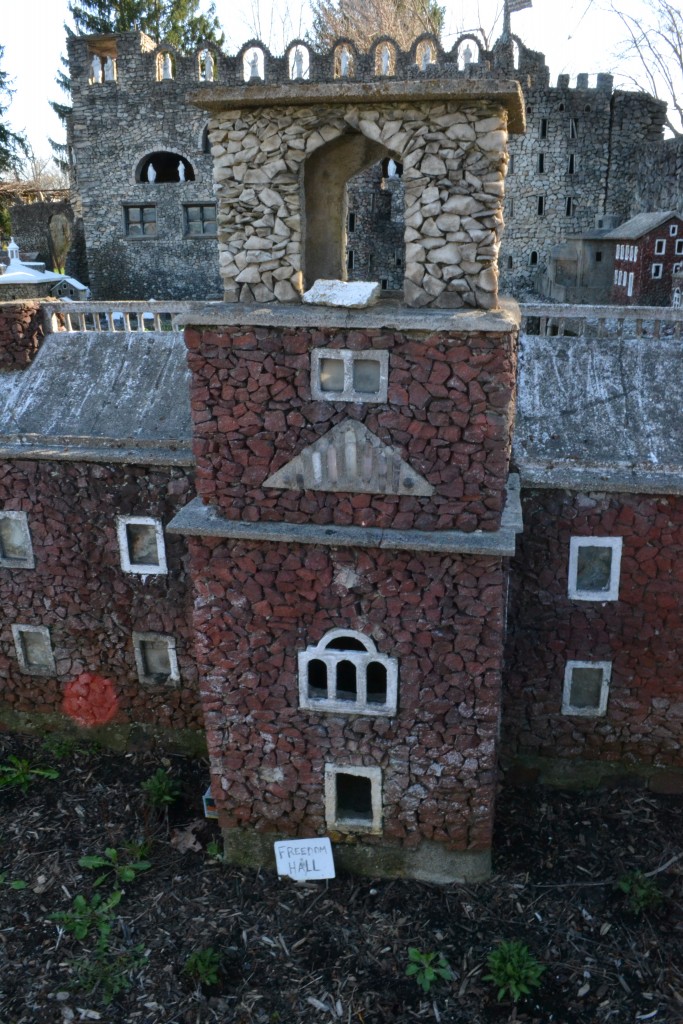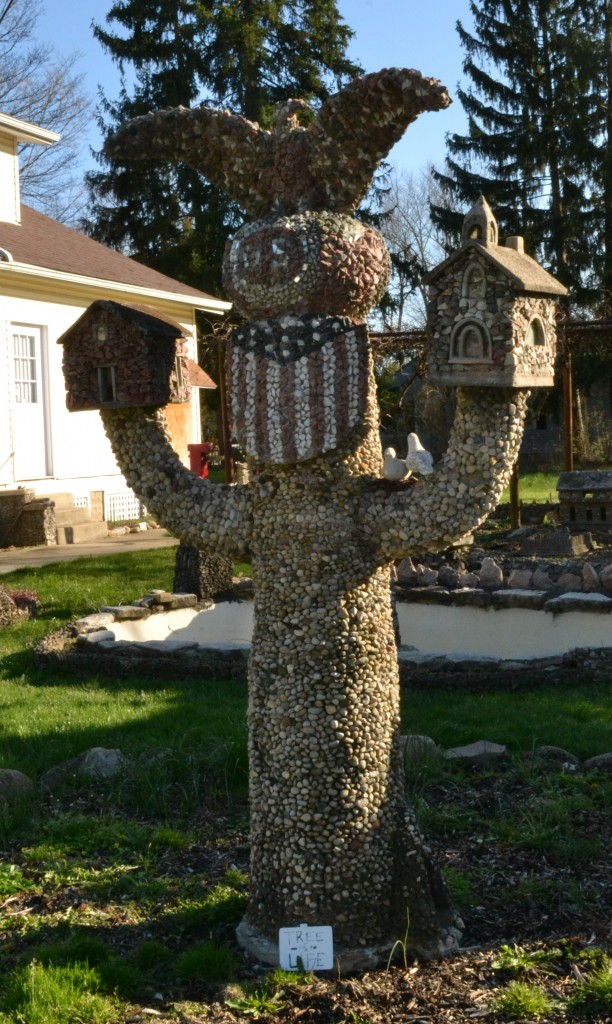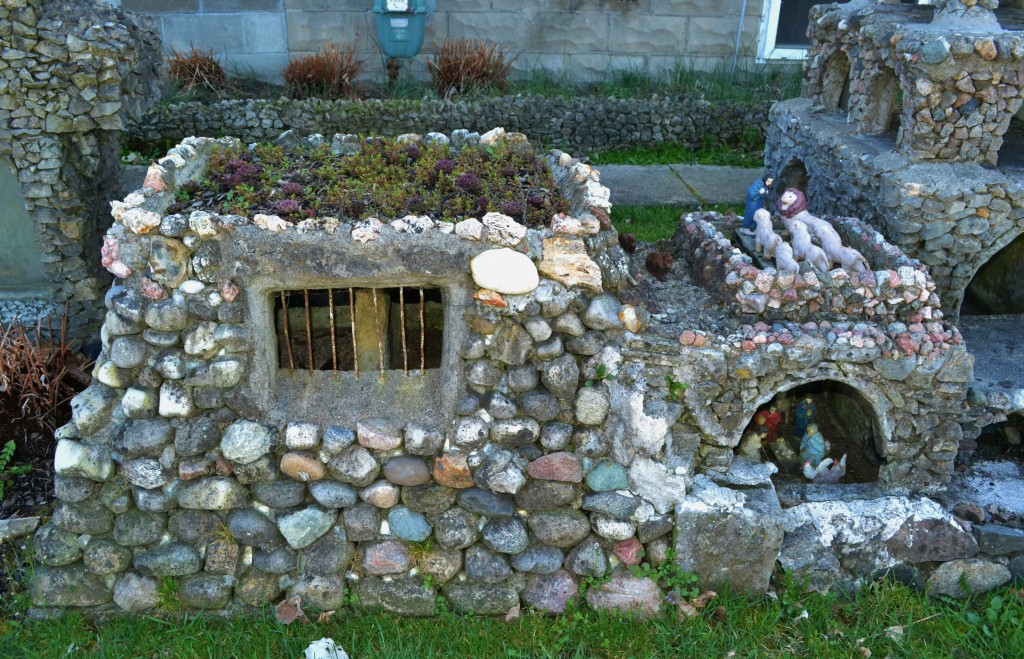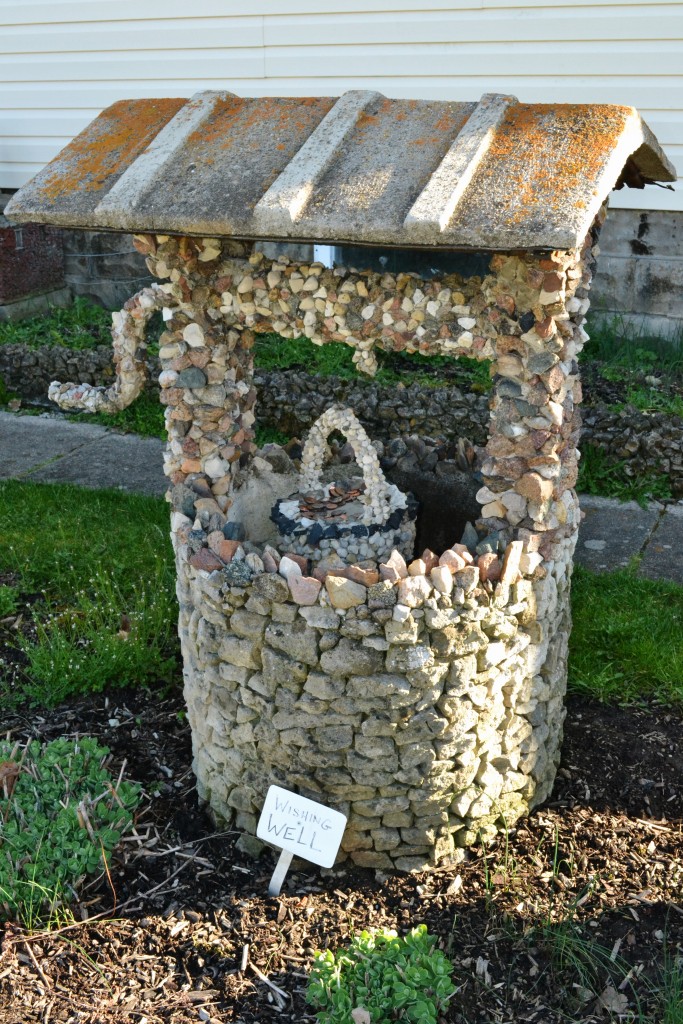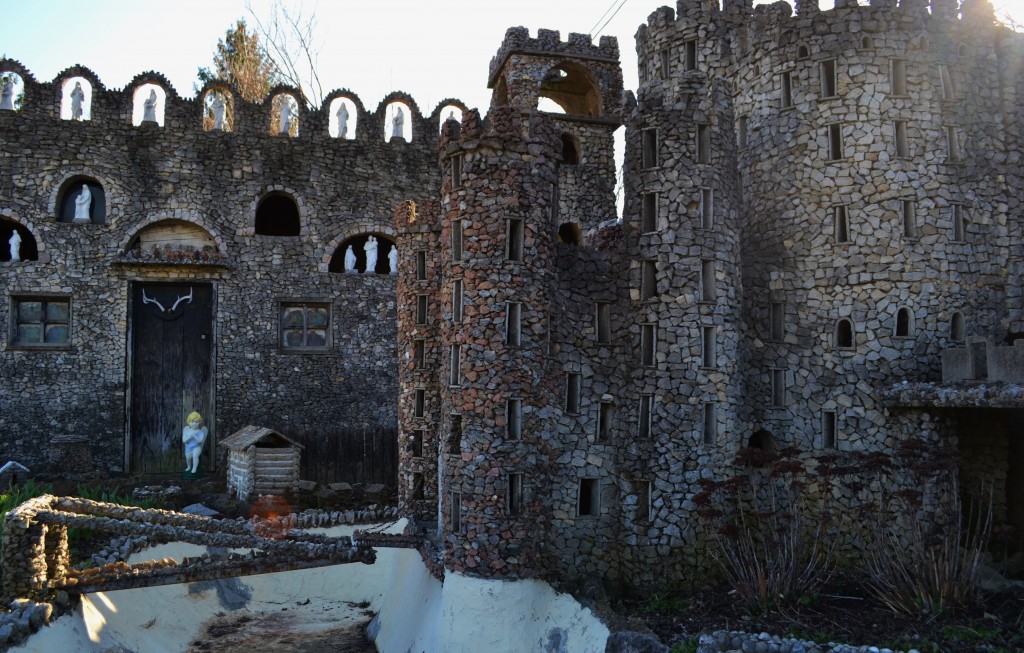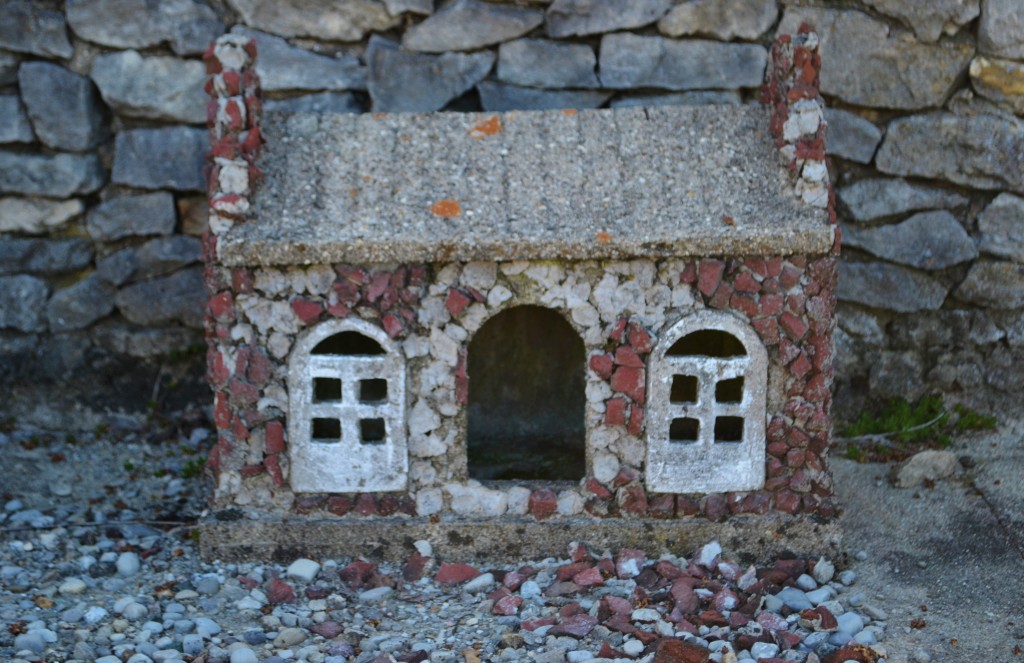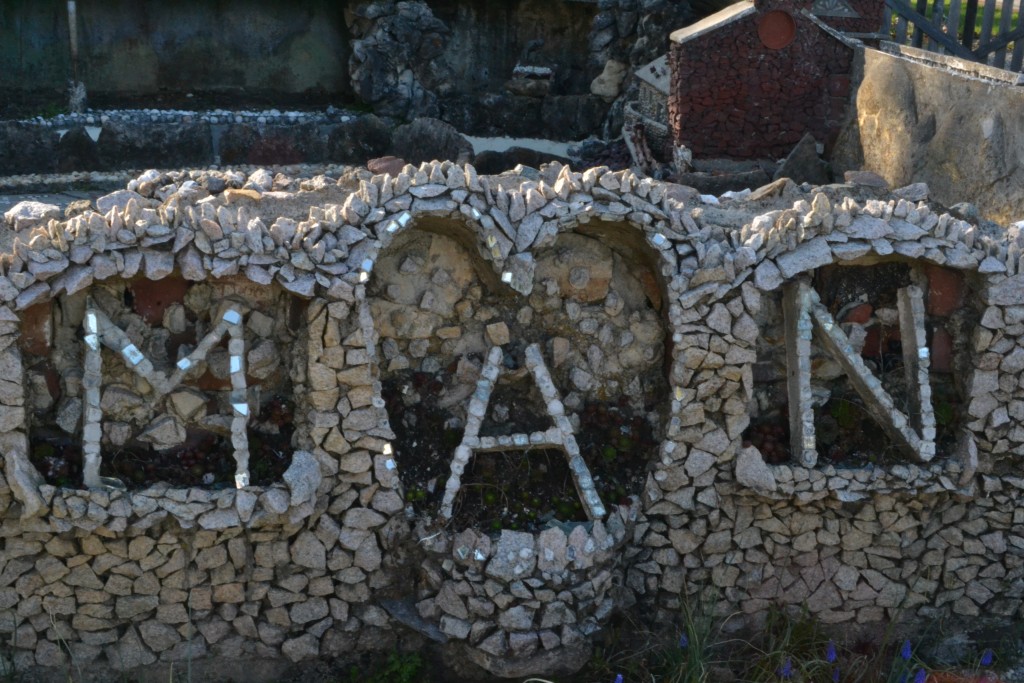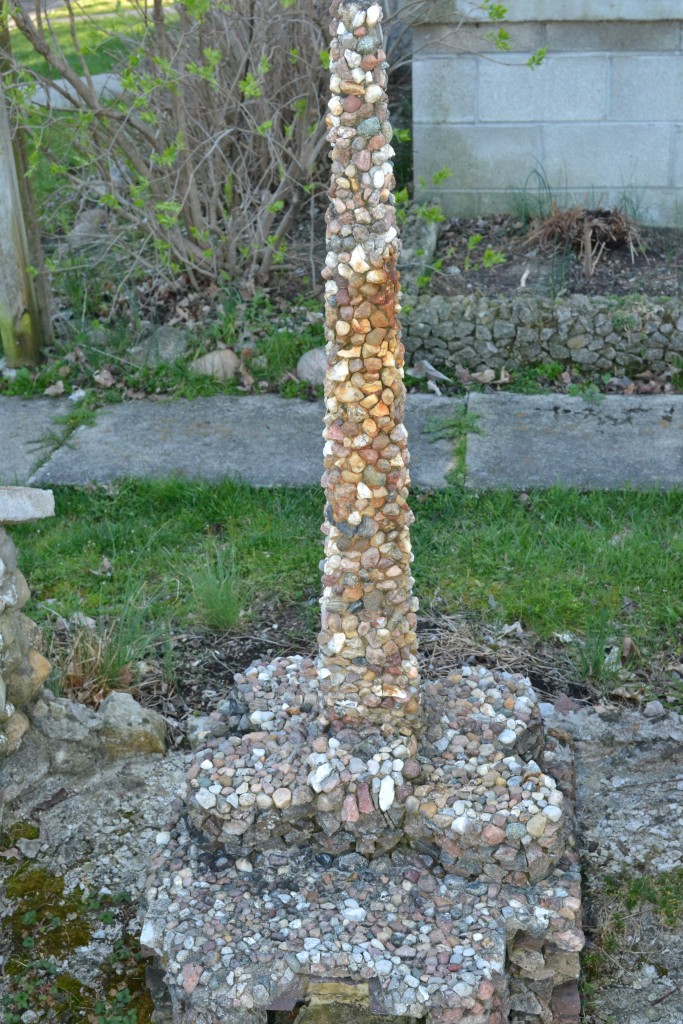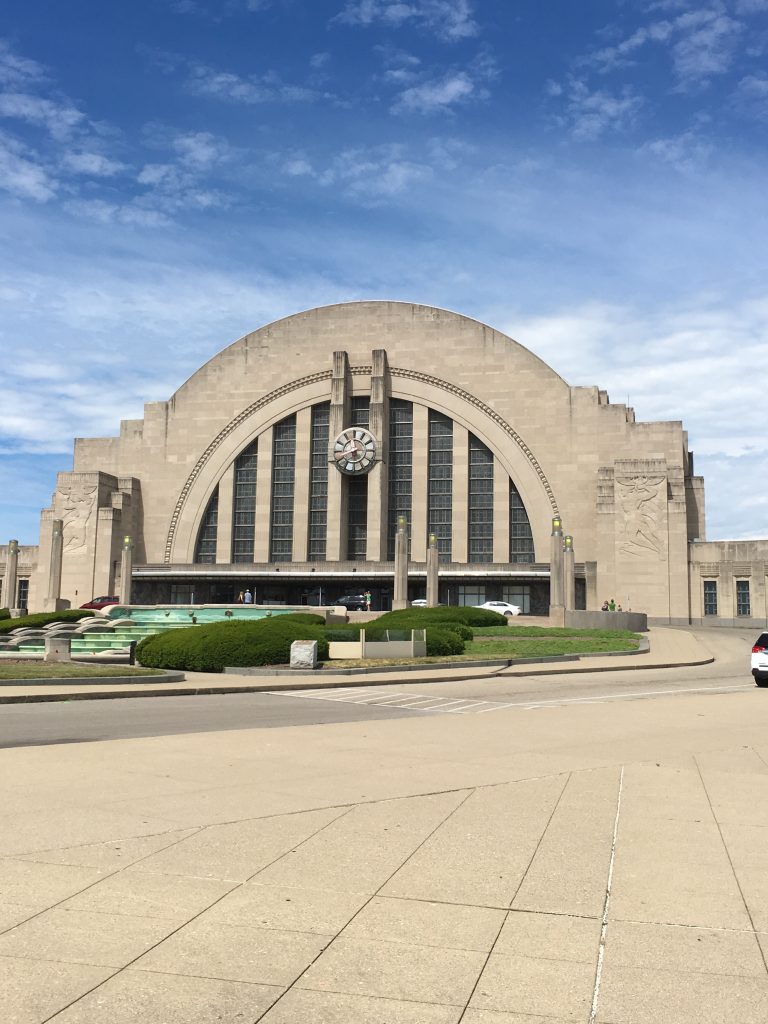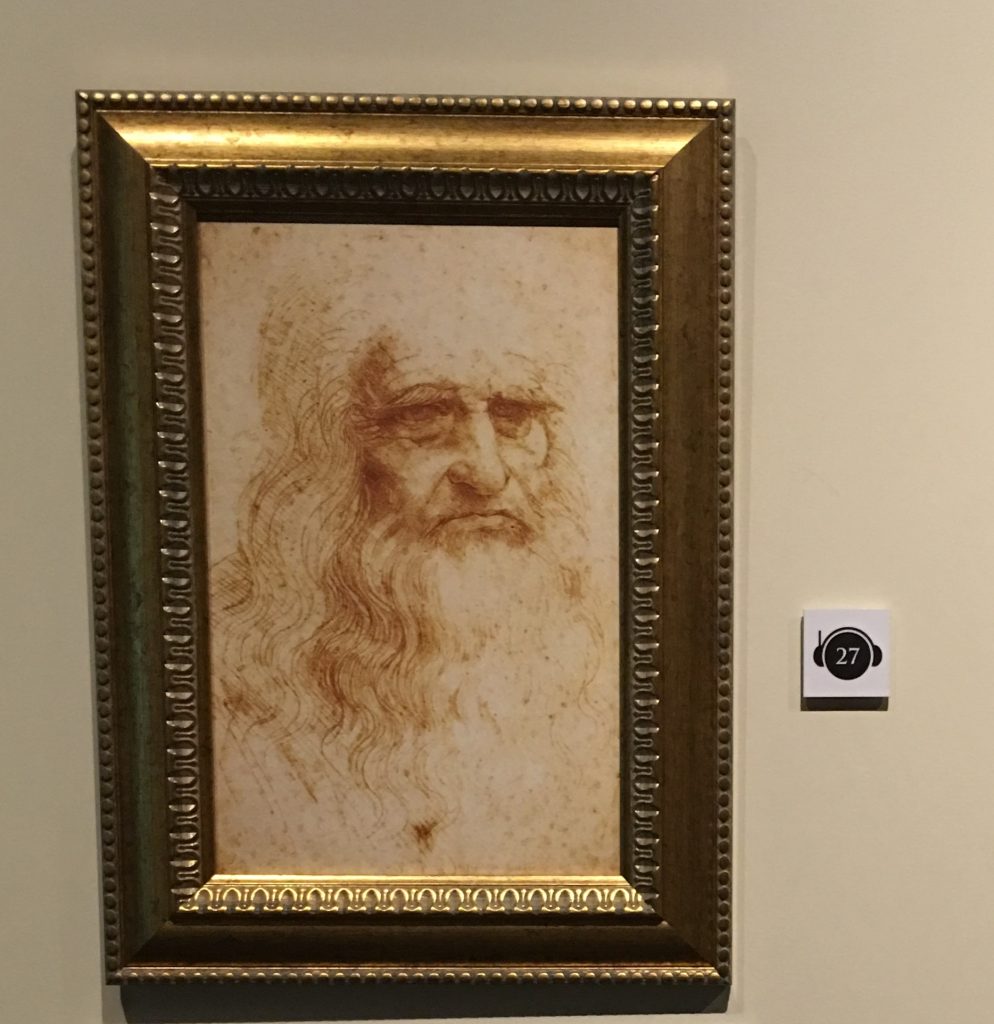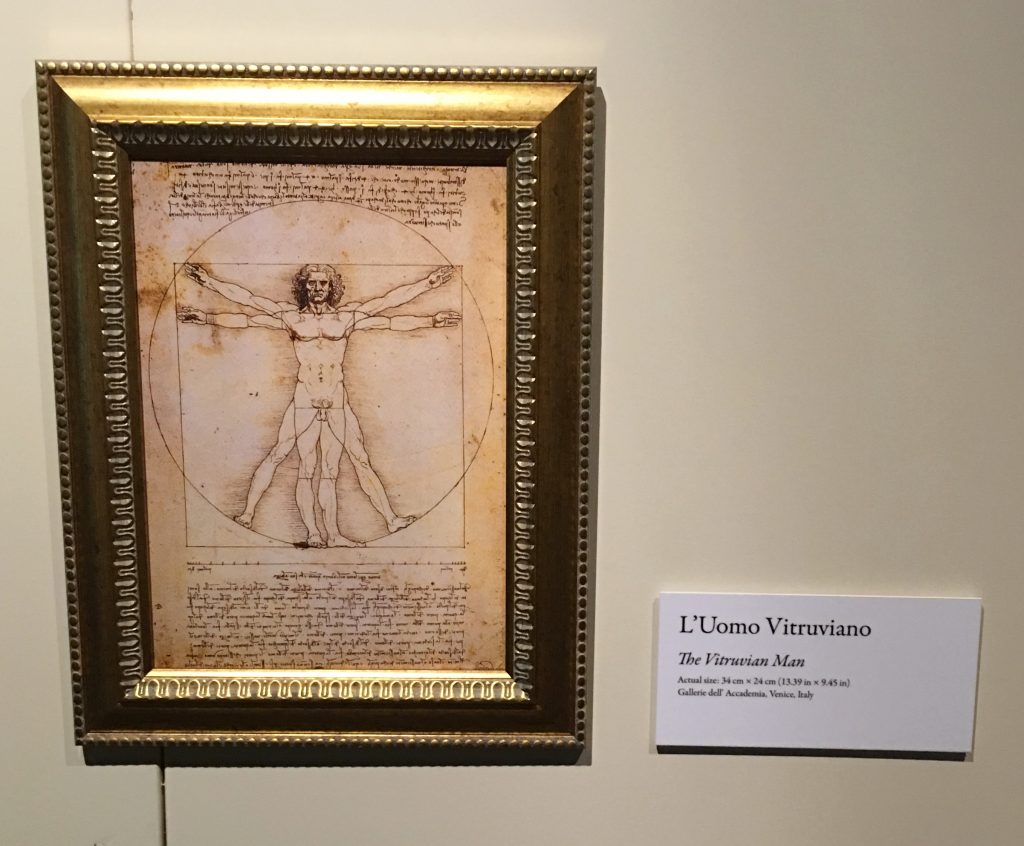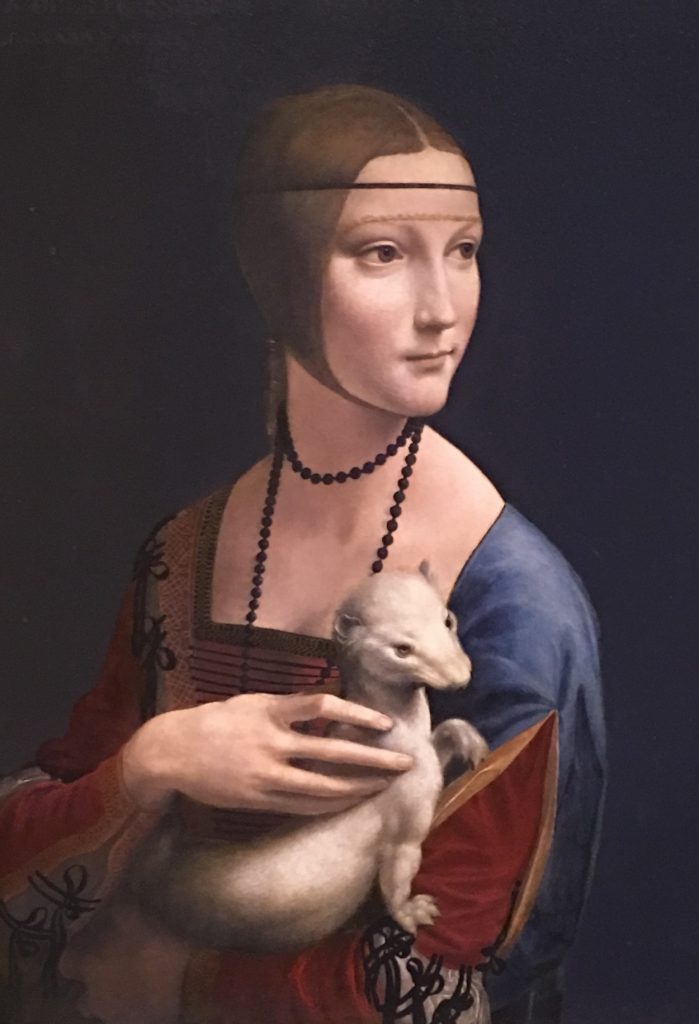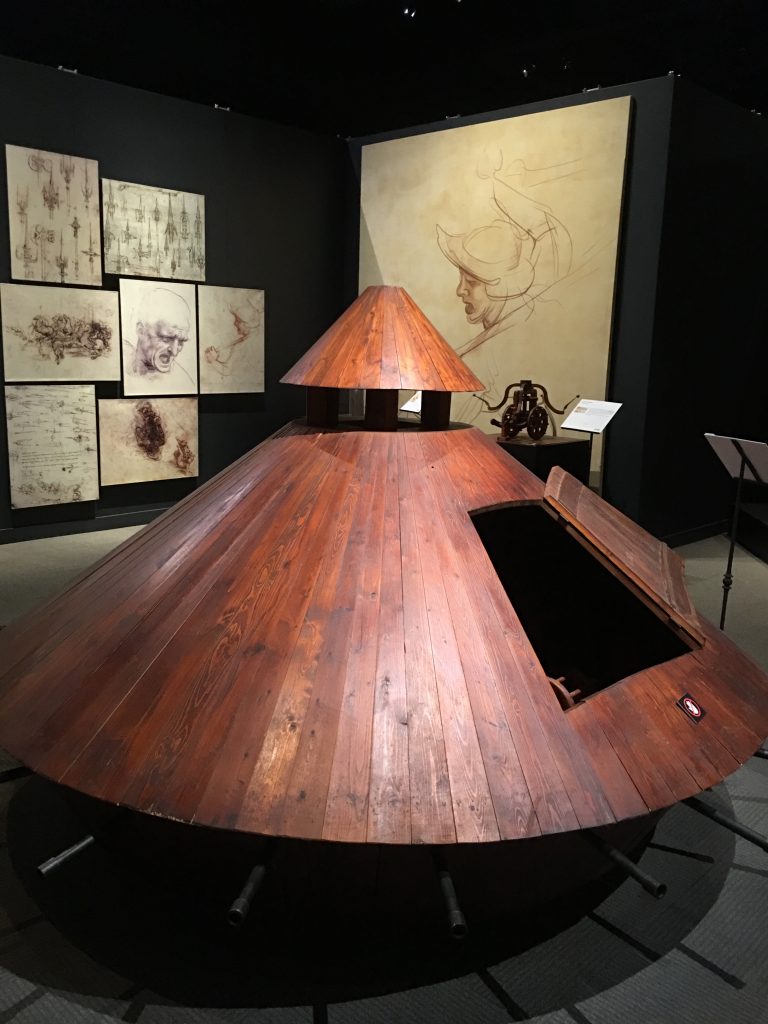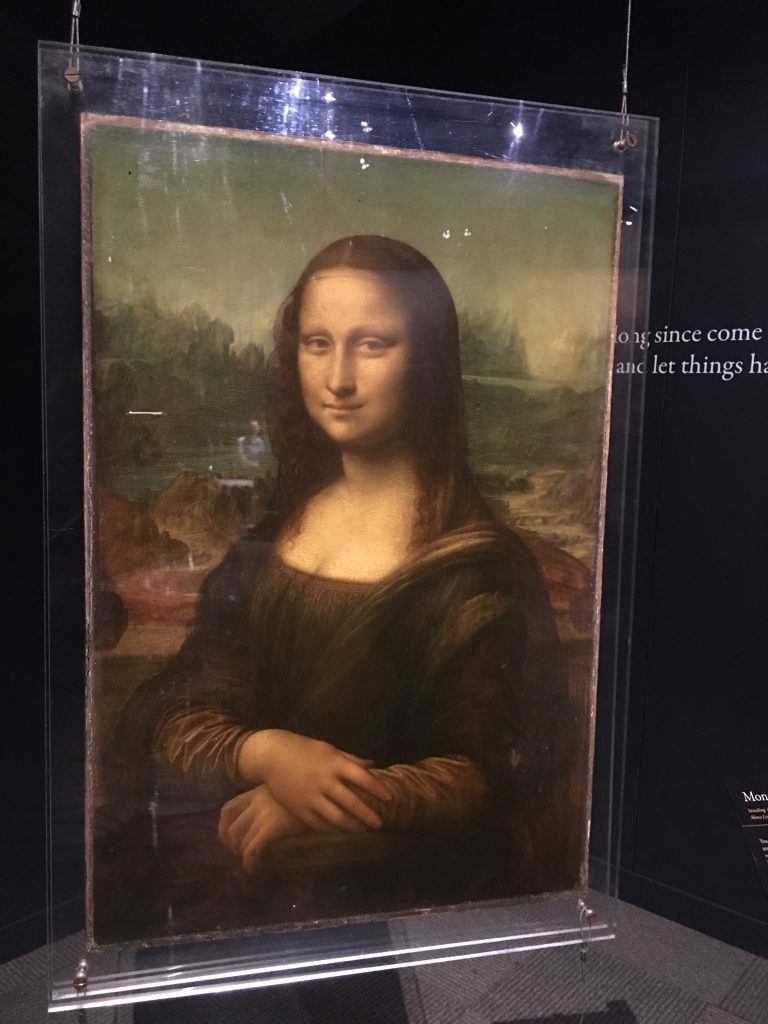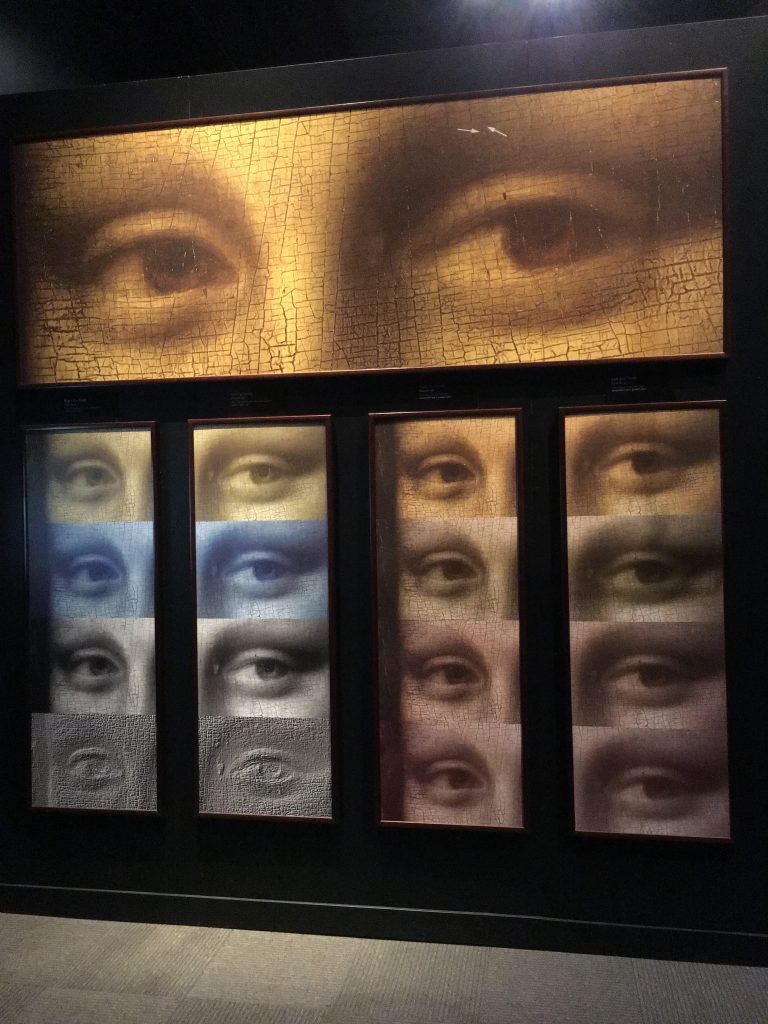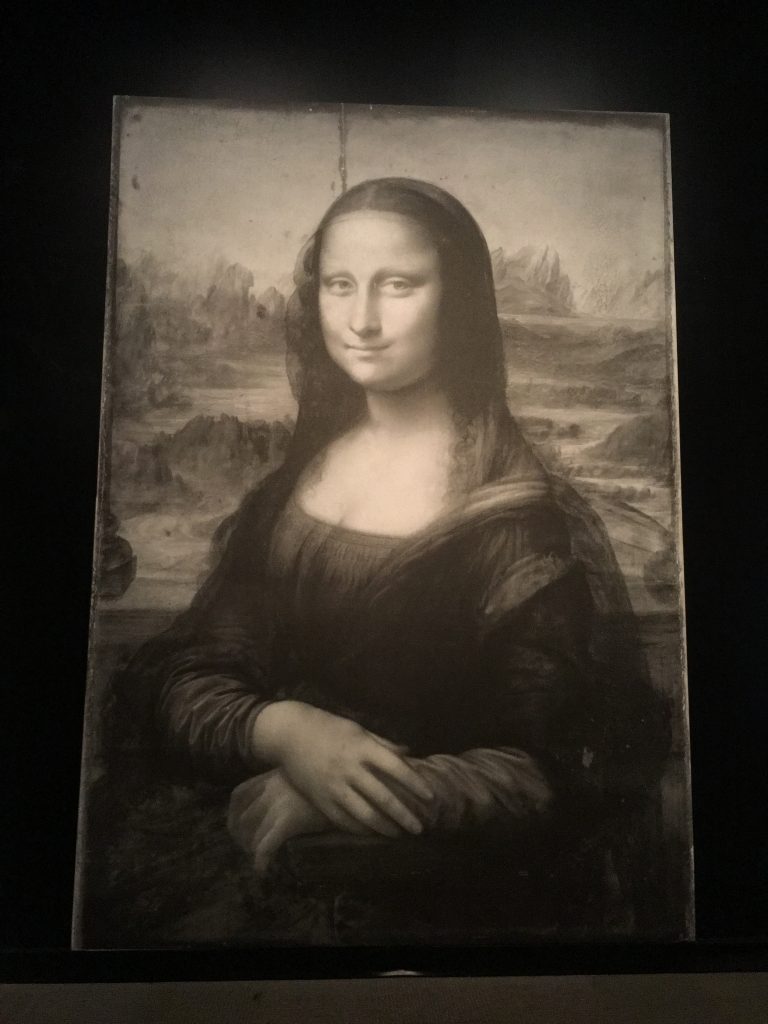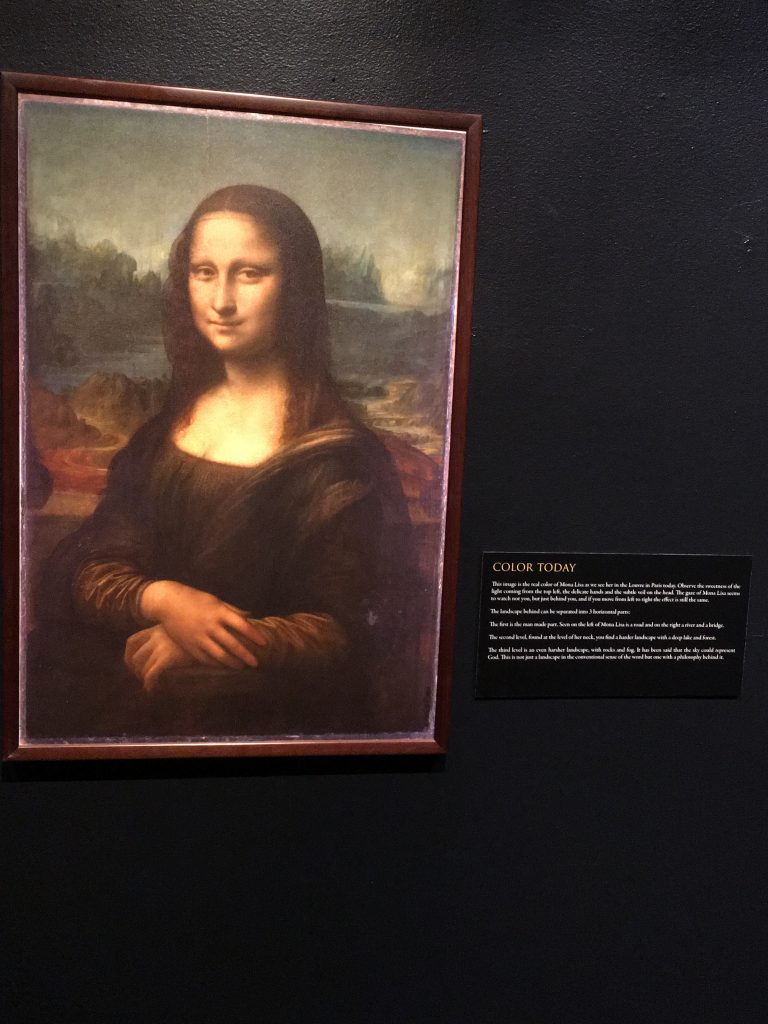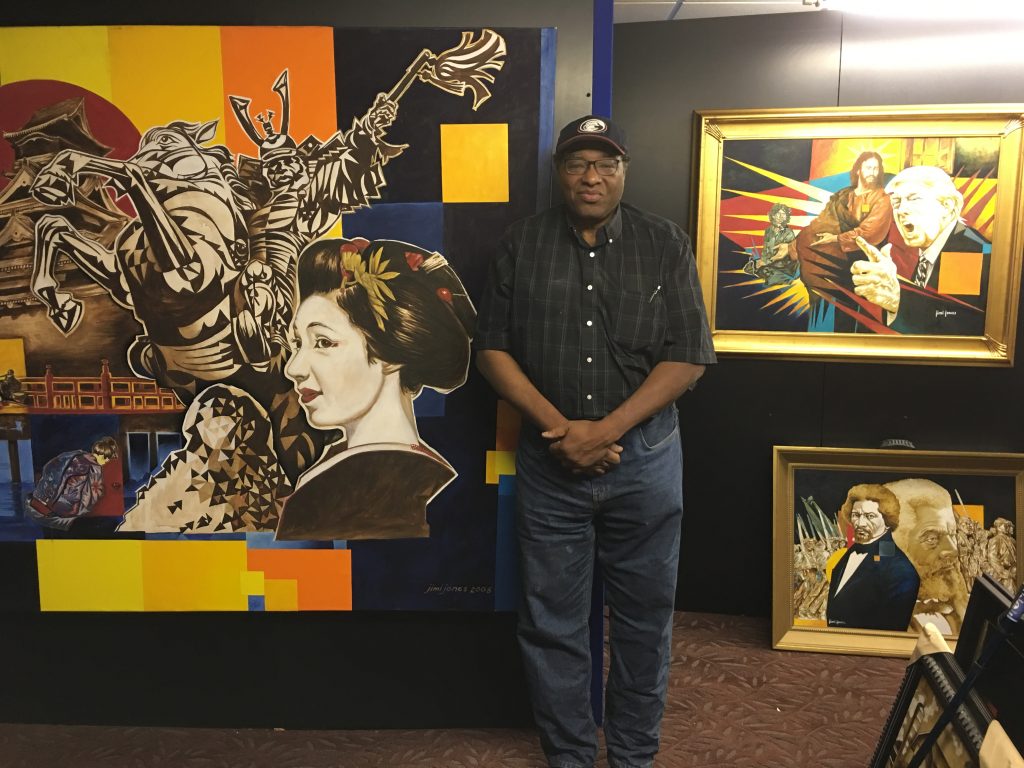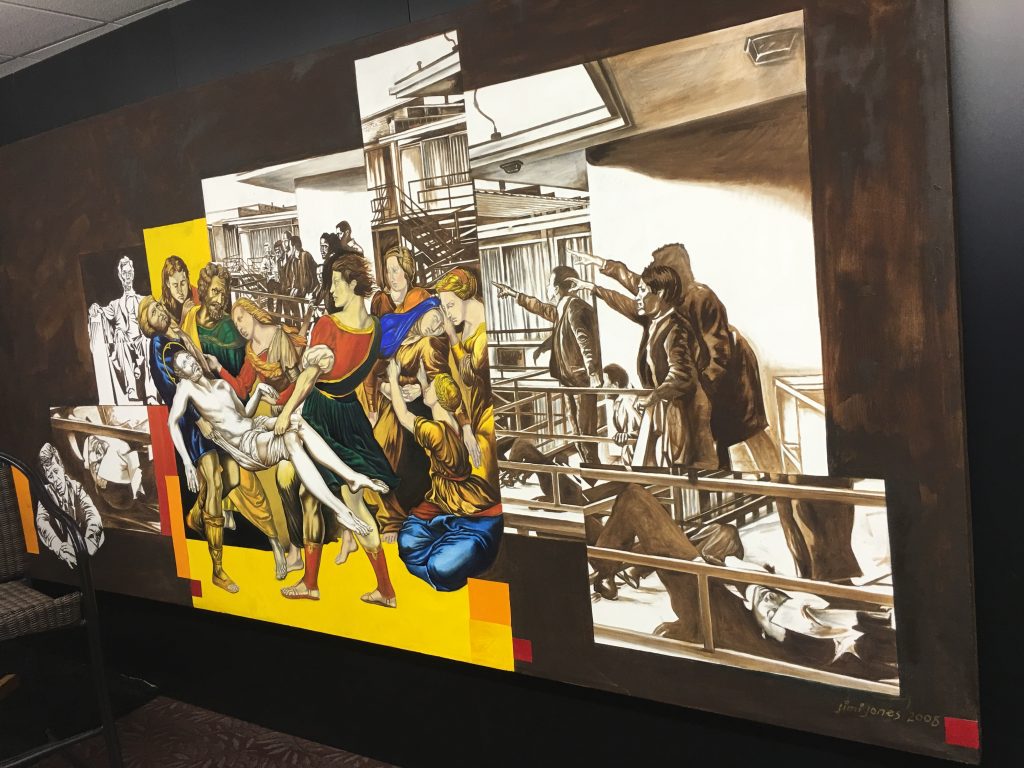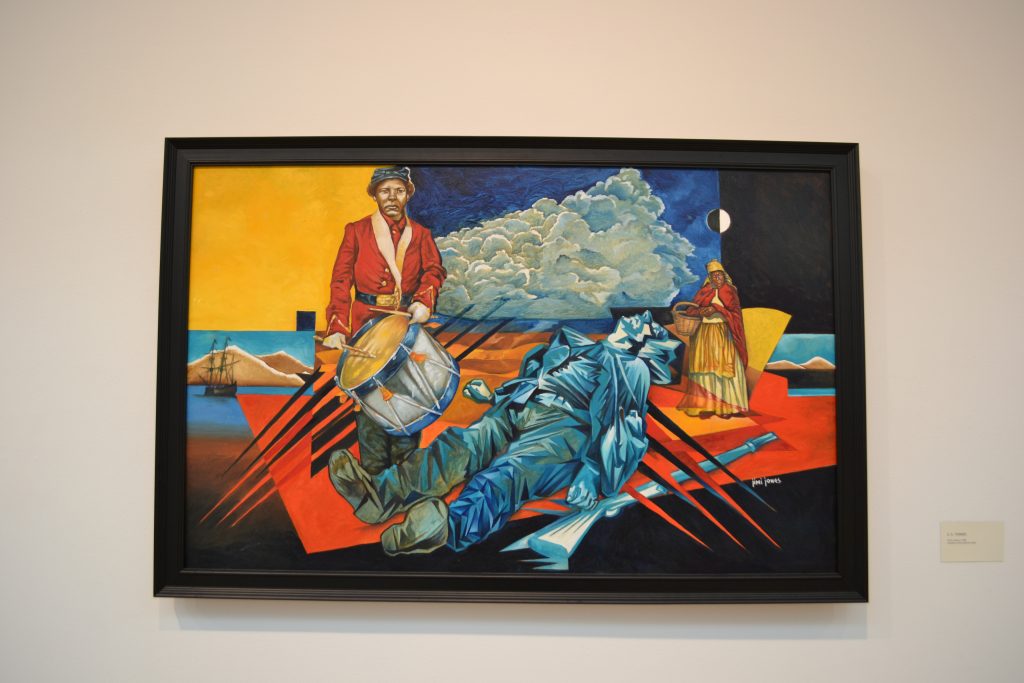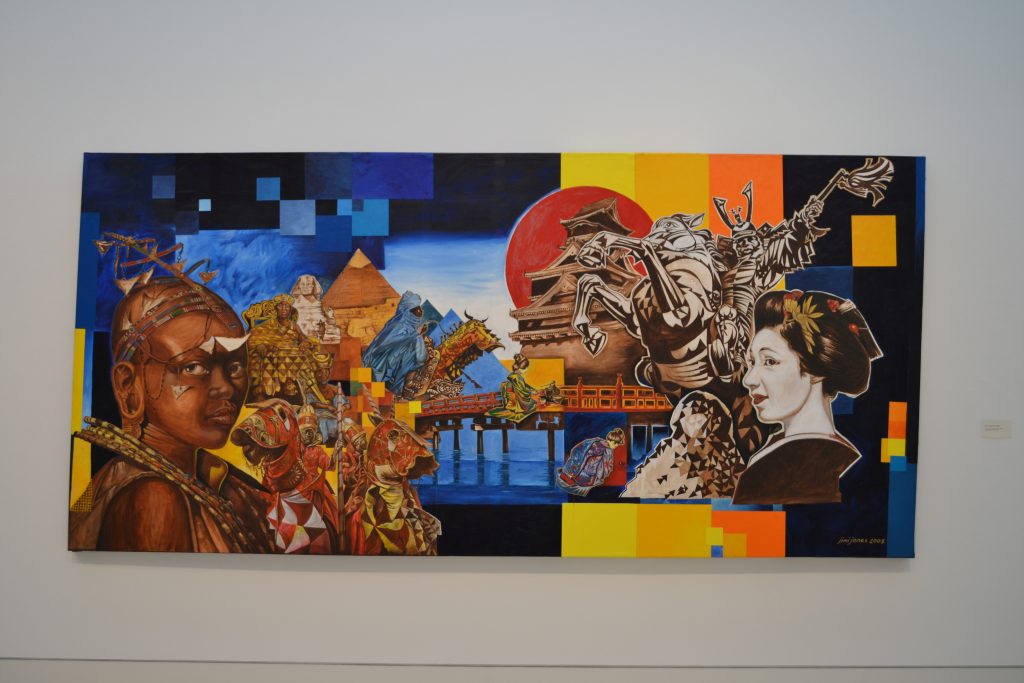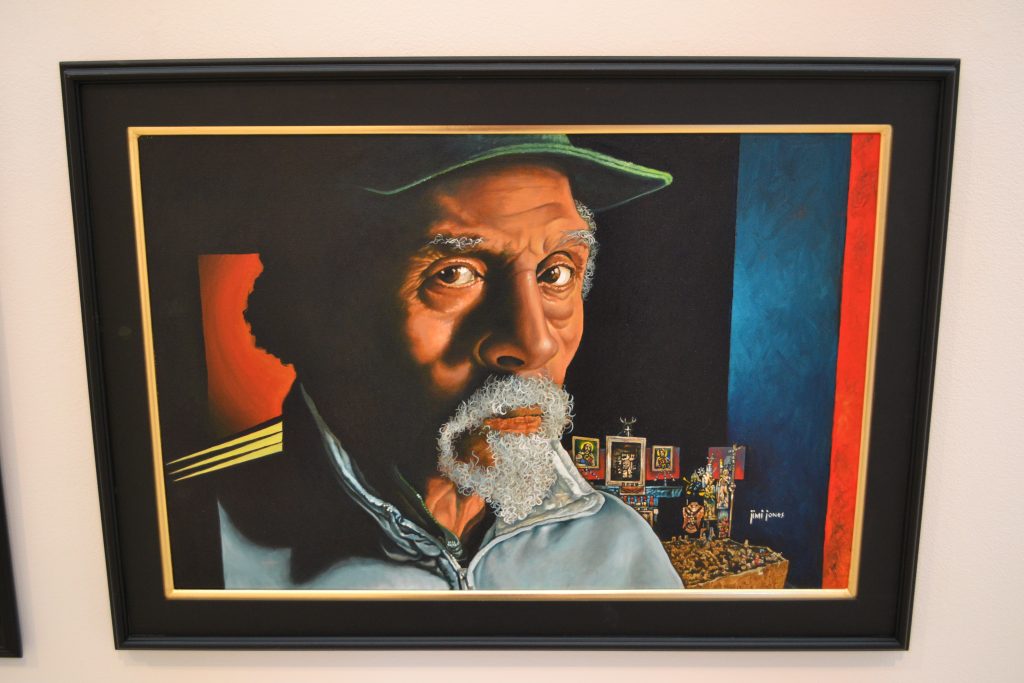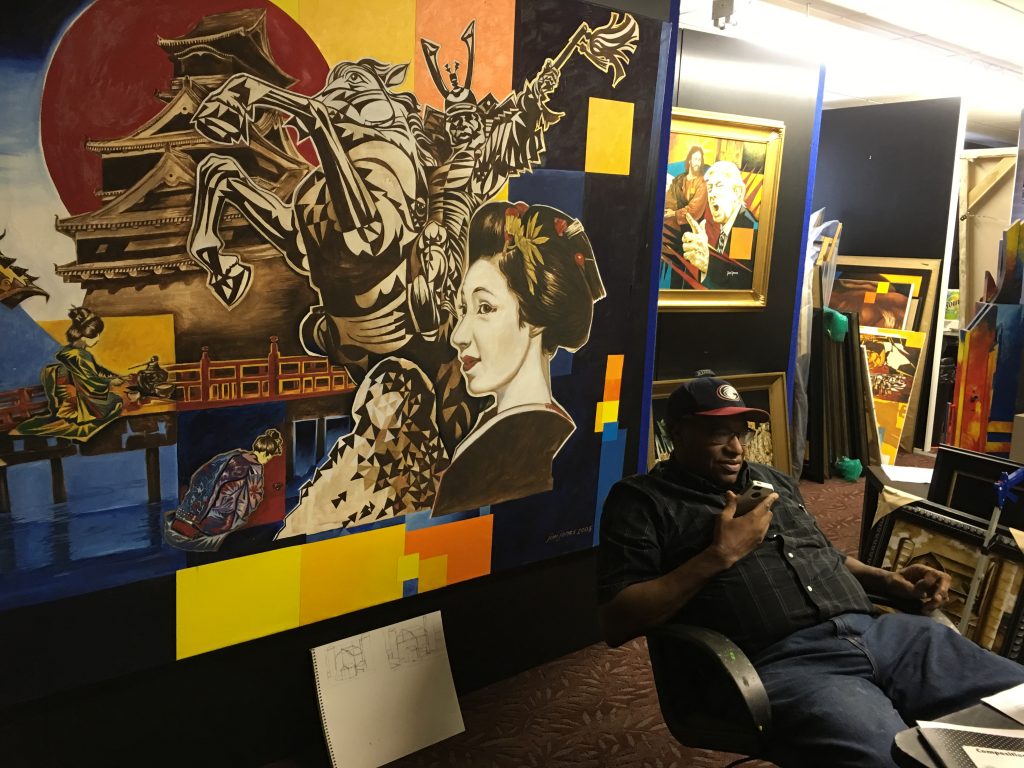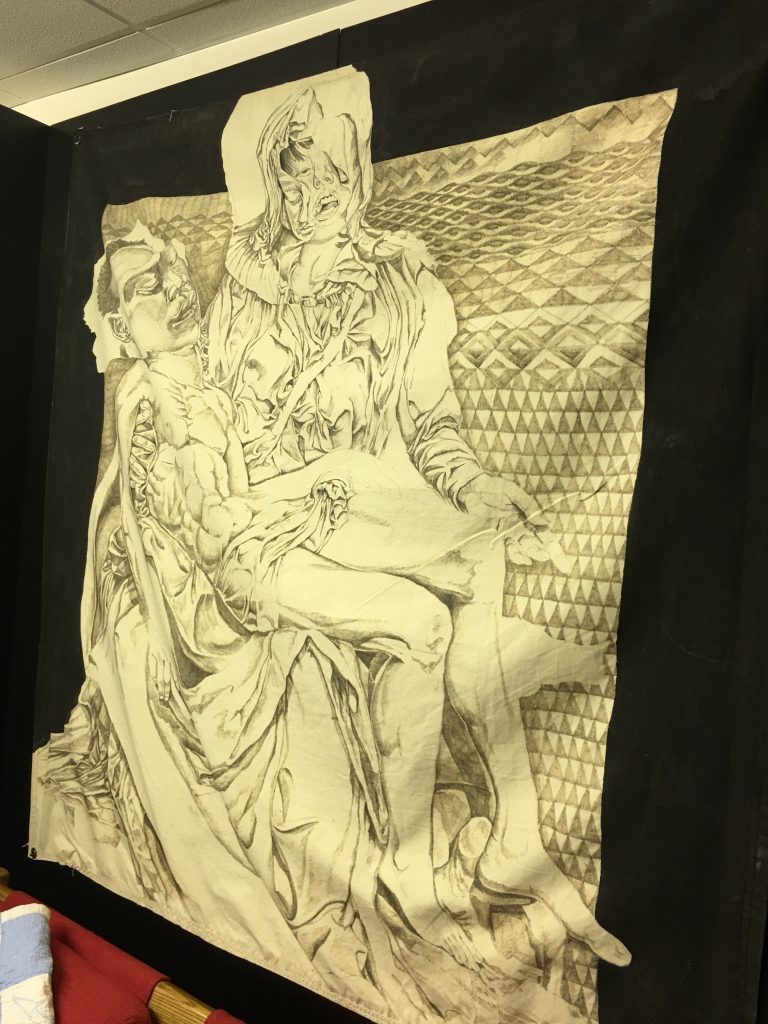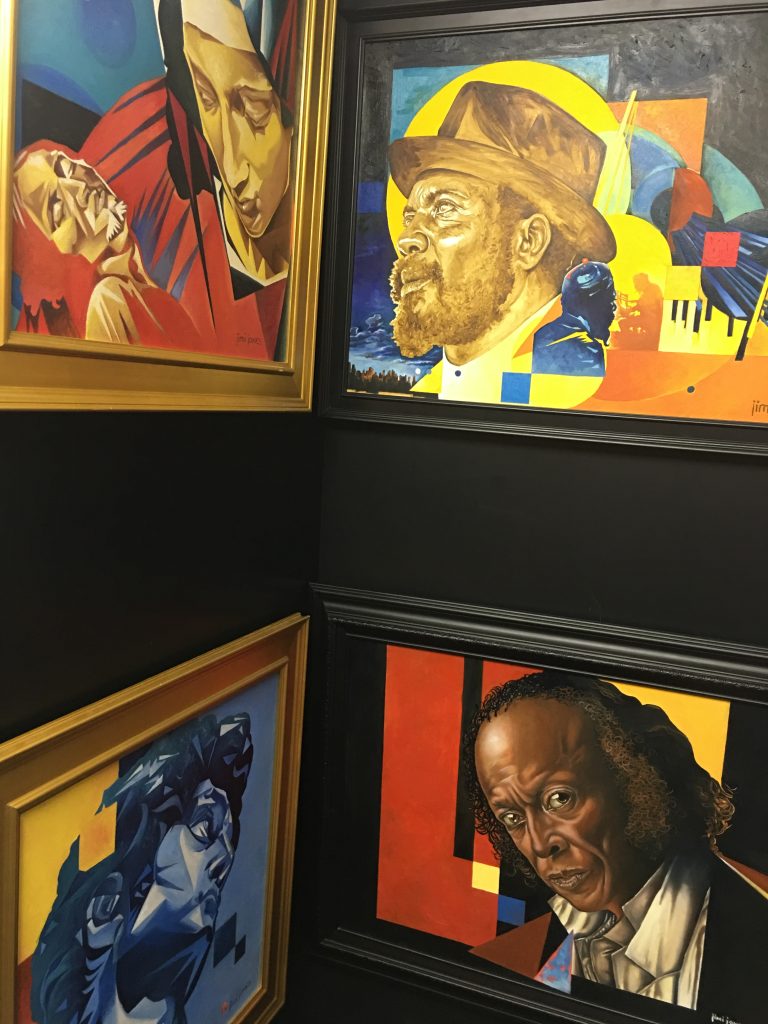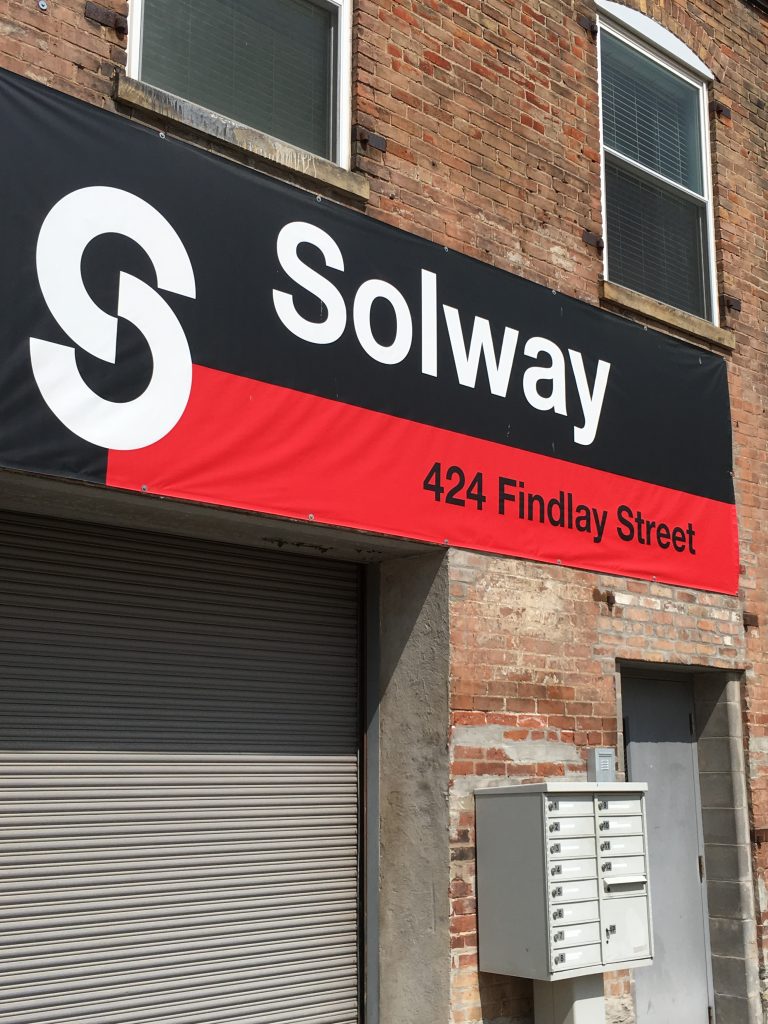Opening in the spring of 1996, Pyramid Hill Sculpture Park & Museum was once the home and property of Harry T. Wilks. Wilks dedicated this piece of land for the artistic display of larger than life sculptures. Within a year, the popularity of the park led to the facility’s expansion offering Concerts in the Park, Holiday Lights on the Hill and an annual Art Fair, which has attracted over 100 vendors.
Out of curiosity, I spent a beautiful fall afternoon to walk the park’s paved trails and to explore the large scale works of art on display. Here is Part One of my visit to include an overview of the fascinating East Ridge display area. Stay tuned for an additional post that covers the North Woods, Central Valley and Overlook Hill.
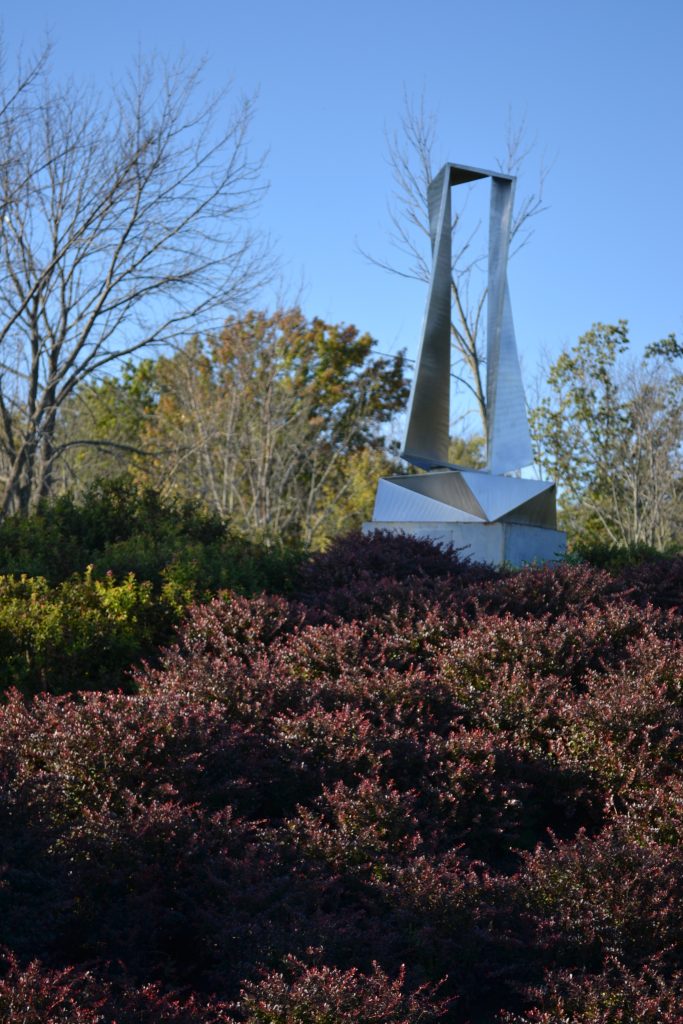
Phase I, Harold Betz
This was the first sculpture installed in the park. Harold Betz owned a metal business in Hamilton, OH.
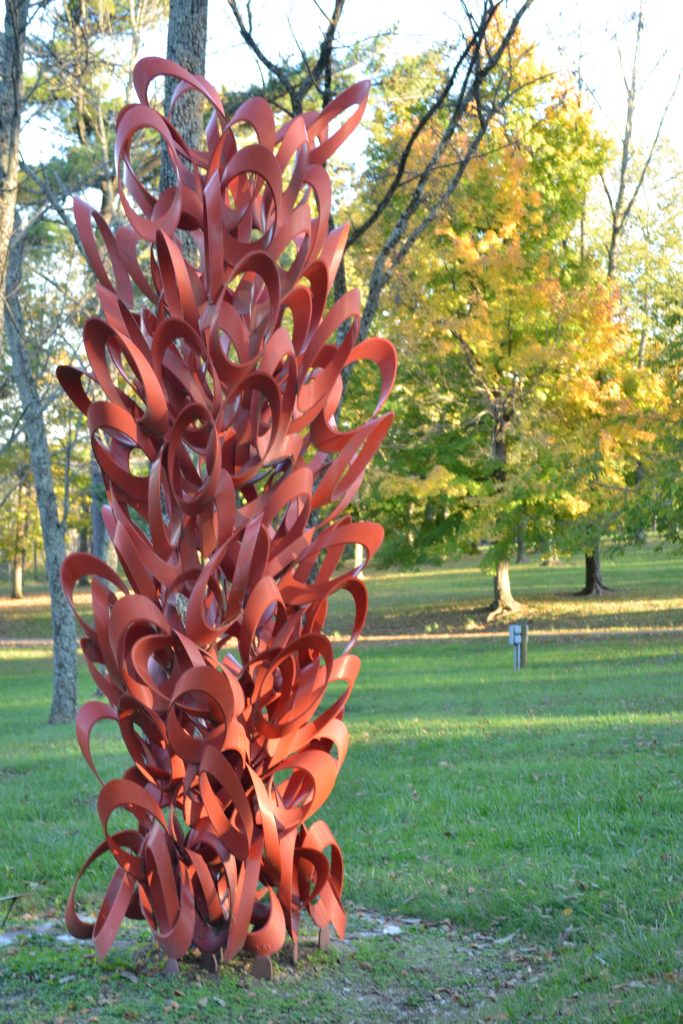
Torre II, Alexander Liberman
Alexander Liberman has three sculptures on display at the park.
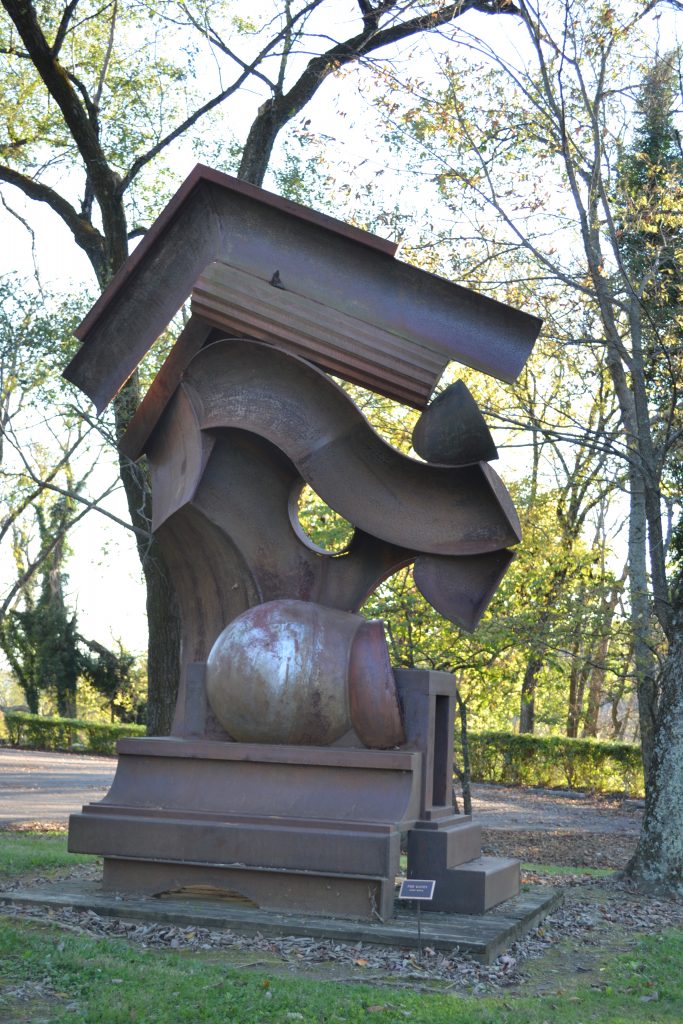
The Gates / John Hock
Located in front of the gift shop, this sculpture is made from painted steel, stained and then waxed.
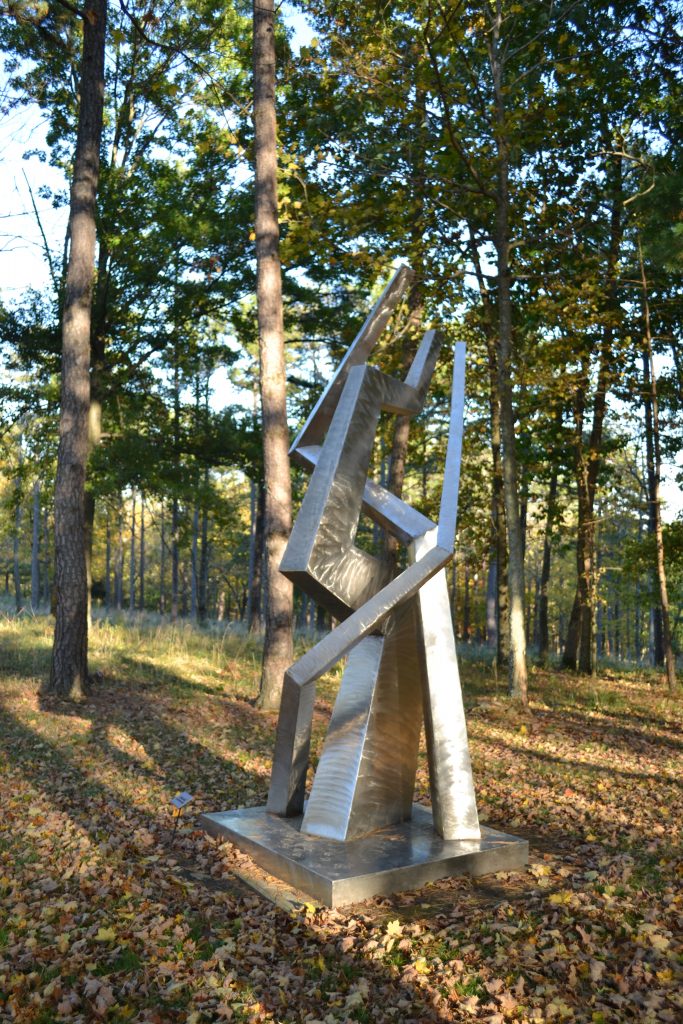
Triumph / Michael Tearney
A trained artist, Tearney’s education was augmented by his working with welding supply companies.
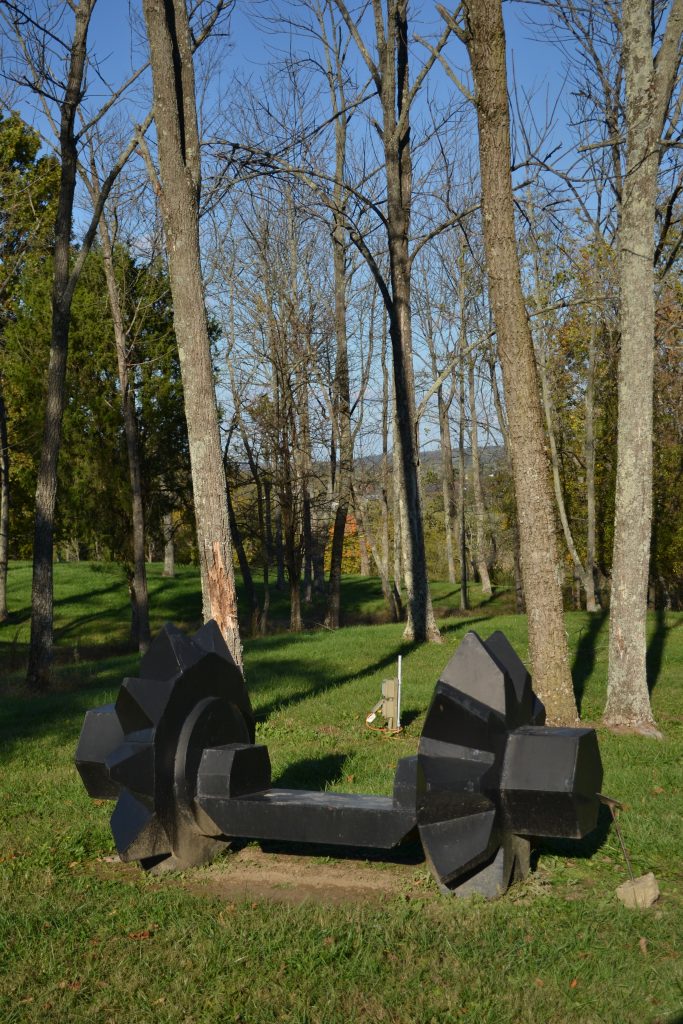
The Bench / Tony Rosenthal
Rosenthal’s Coriolis (Bench) Sculpture won him the 1997 Pyramid Hill Bench competition.
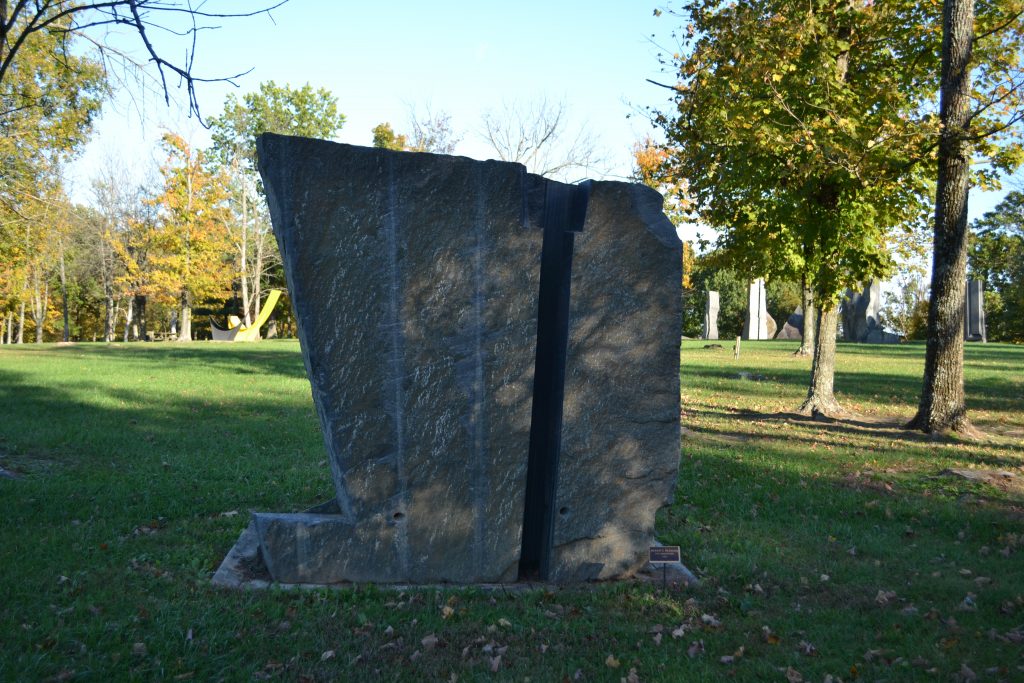
Jonah’s Passage / Jon Isherwood
Located near the amphitheater, Isherwood’s Jonah’s Passage is one of five sculptures the artist has on display at Pyramid Hill Sculpture Park.
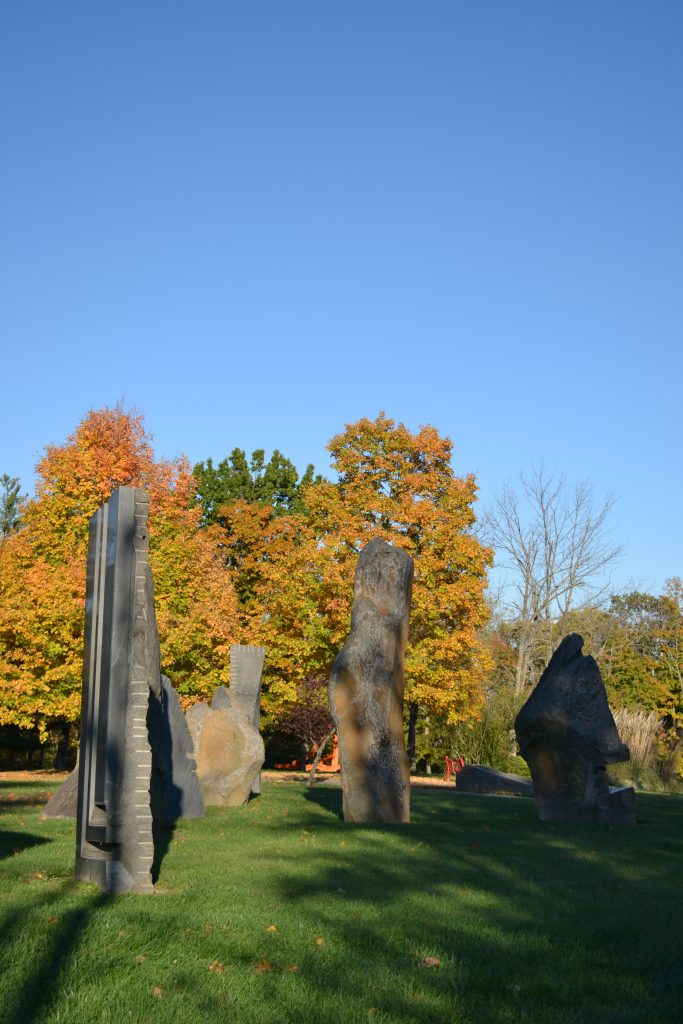
Age of Stone / Jon Isherwood
Nine pieces of granite comprise Isherwood’s masterpiece, “Age of Stone.”
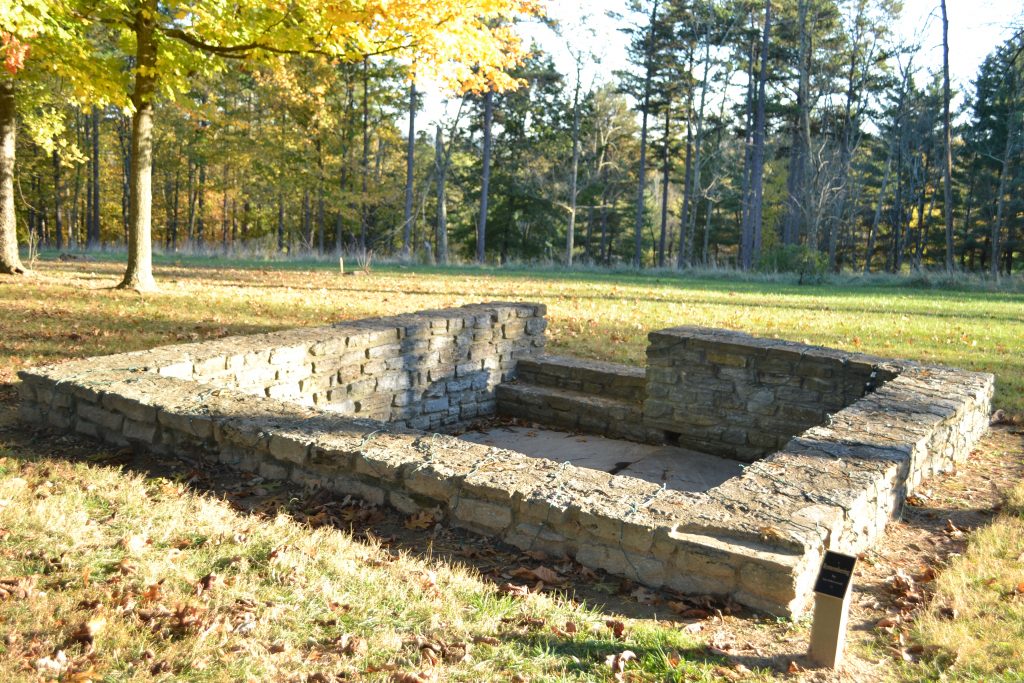
Remembering / Jon Isherwood
Born in England, Isherwood studied under Anthony Caro, a leading sculptor over the past 30 years.
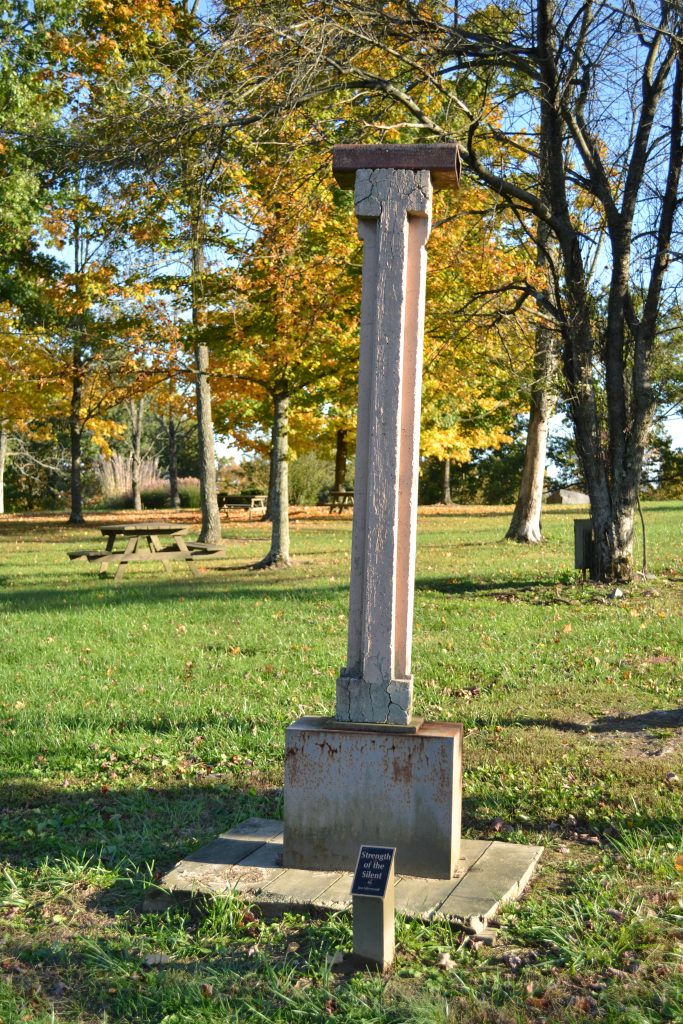
Strength of the Silent / Jon Isherwood
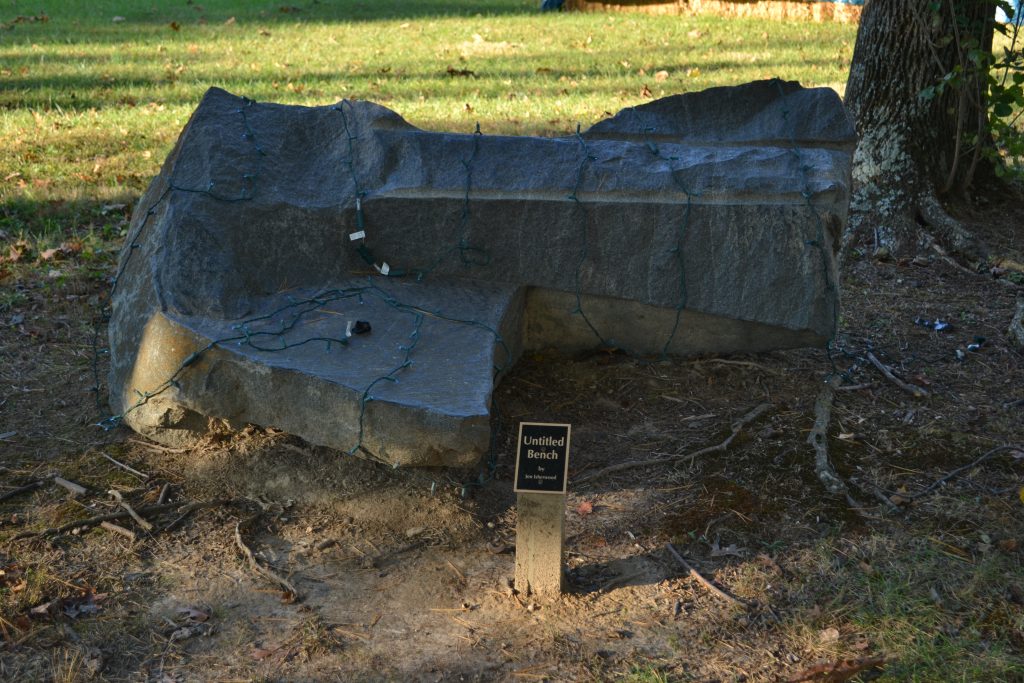
Untitled Bench / Jon Isherwood
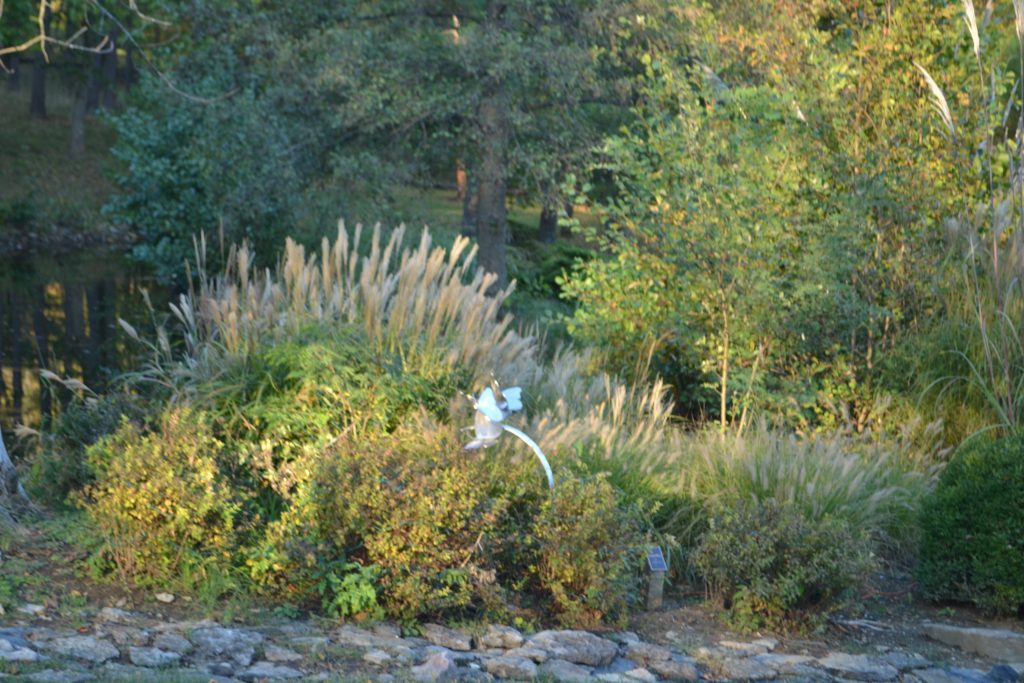
Stan Thomson / Butterflies
Thomson is a local Cincinnati artist who also spends time in Naples, Florida. One of many of his sculptures can also be seen at the Dayton International Airport.
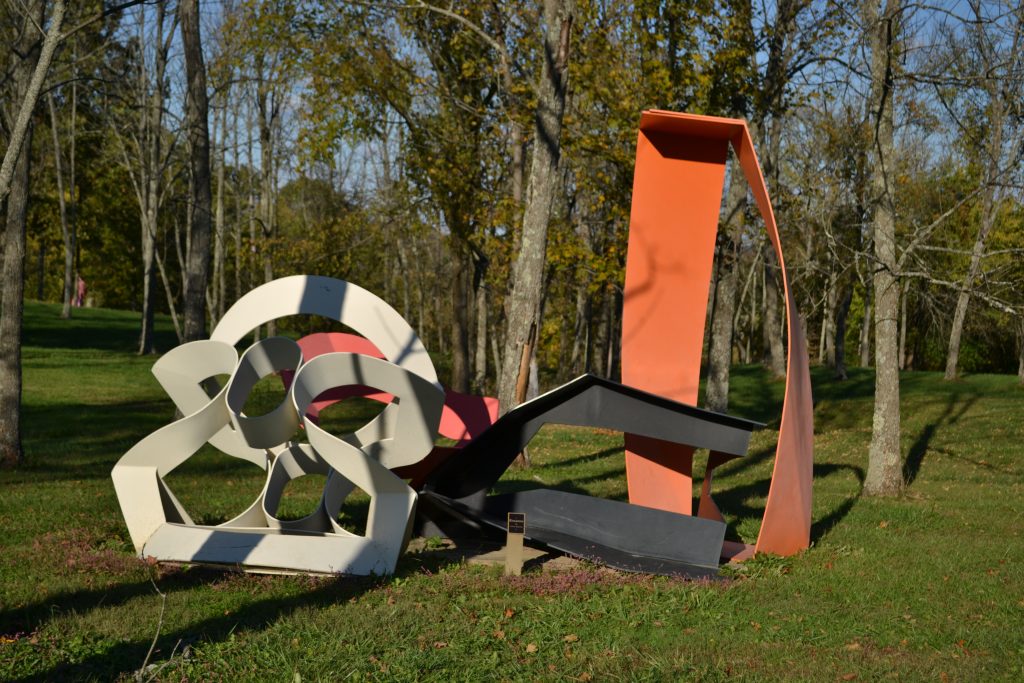
Roxane / George Sugarman
Roxane is one of two Sugarman sculptures on display at Pyramid Hill Sculpture Park.
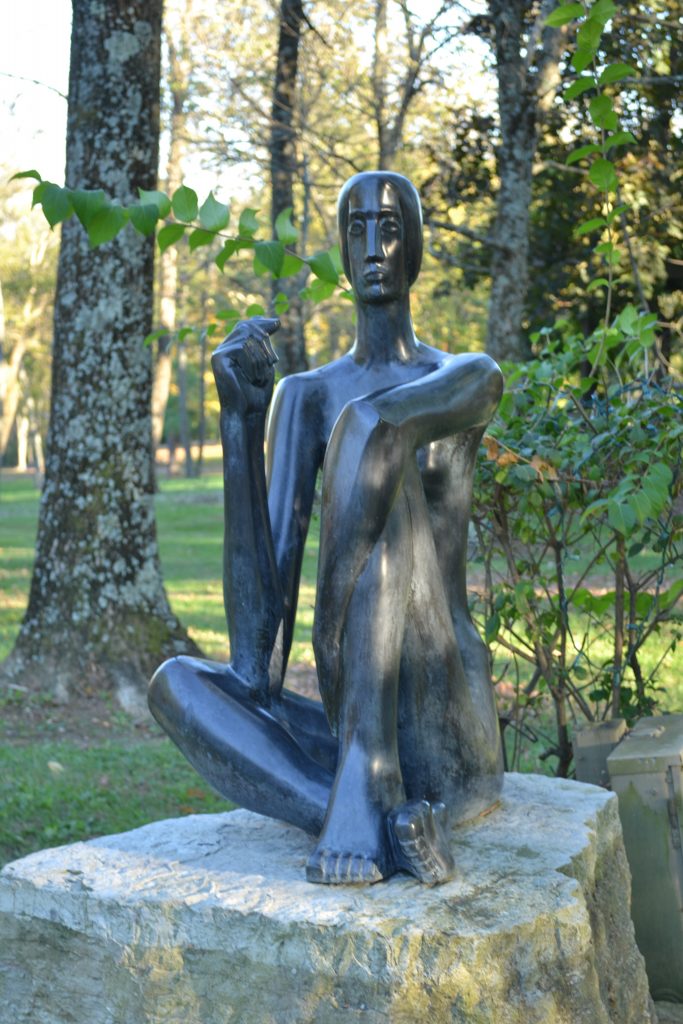
Citizen / Walter Driesbach
Driesbach’s Citizen is a bronze casting created for a mold of the original walnut carving.
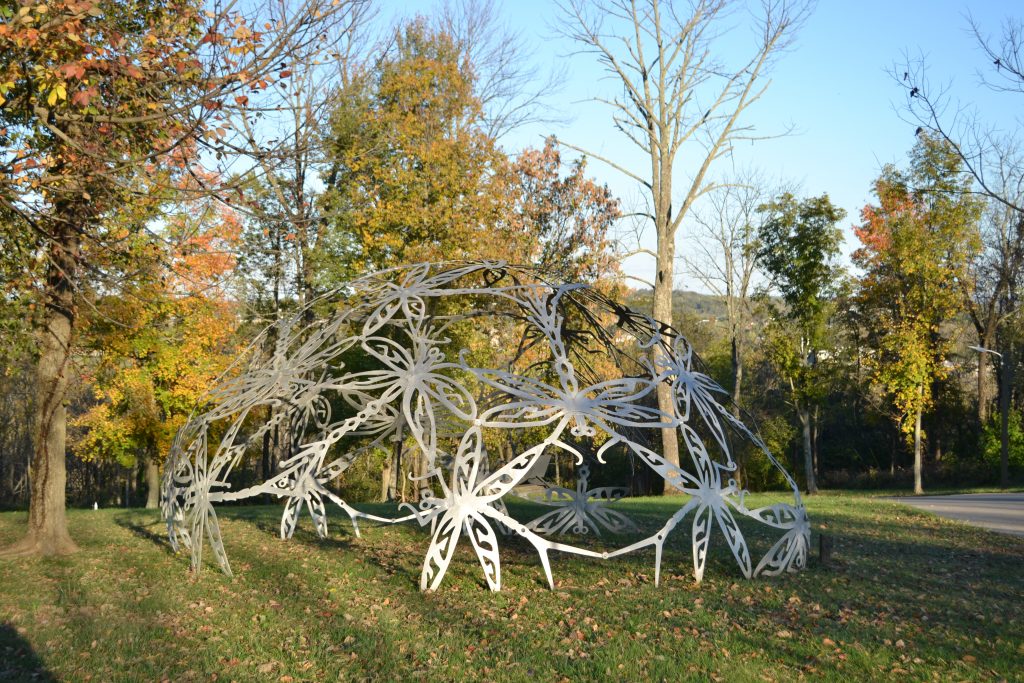
Dragonfly Dome / Voss Finn
Finn is a Cincinnati native who studied in New York. His dragonfly dome was created from aluminum.
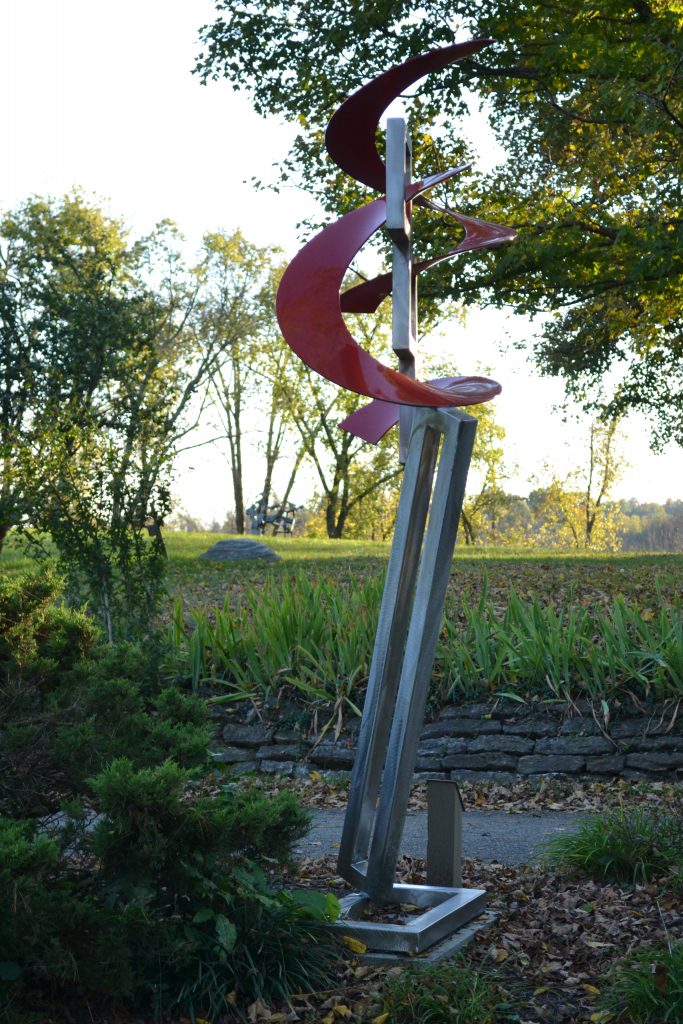
Trilogy / Obie Simonis
Simonis constructed the Trilogy sculpture from stainless steel and epoxy.
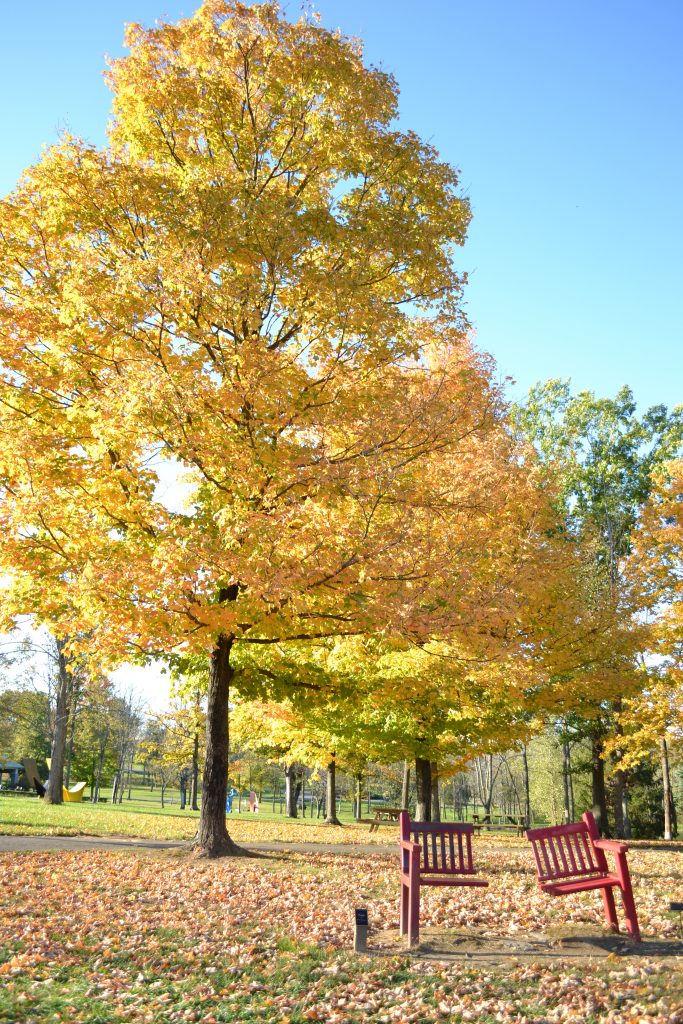
Paul / Martin Gantman
Gantman donated his winning entry for the Bench Competition 2000 to the Pyramid Hill Sculpture Park.
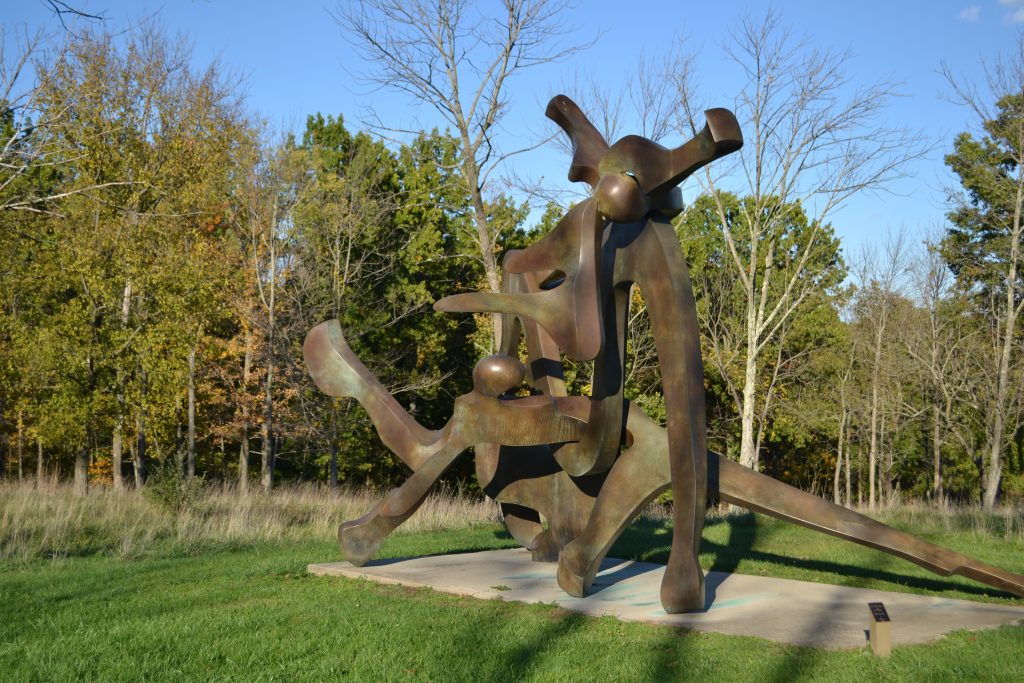
Melinda at the Beach / Bill Barrett
Two of Barrett’s bronze sculptures are on display at The Pyramid Hill Sculpture Park.
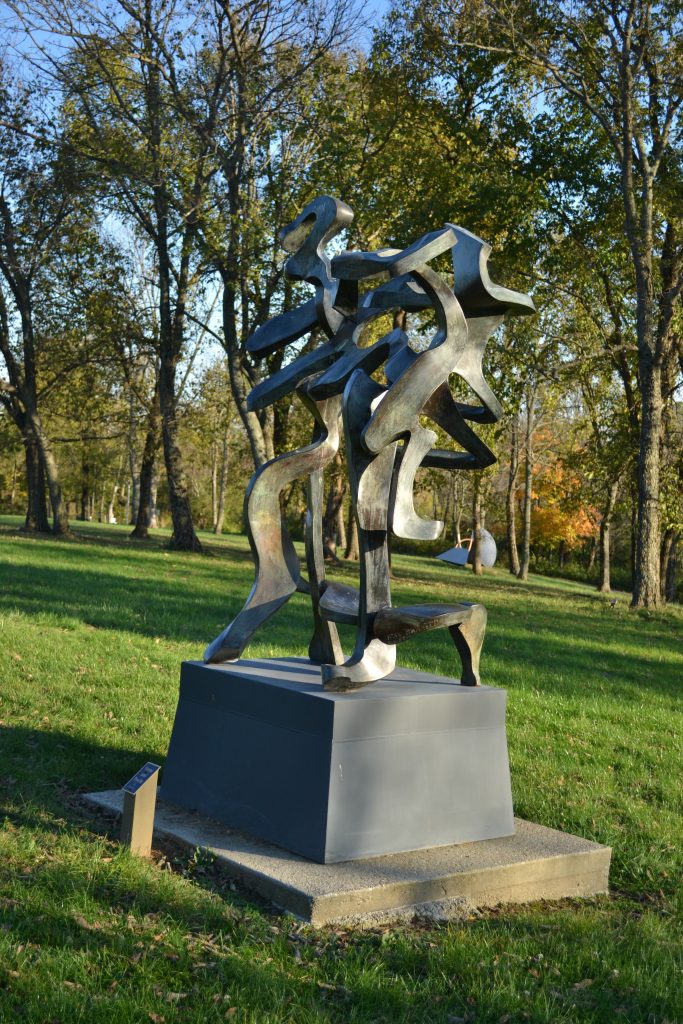
Venus and Psyche / Bill Barrett
Originally from Los Angeles, Barrett’s sculptures are featured in museums in the USA, Japan and Bulgaria.
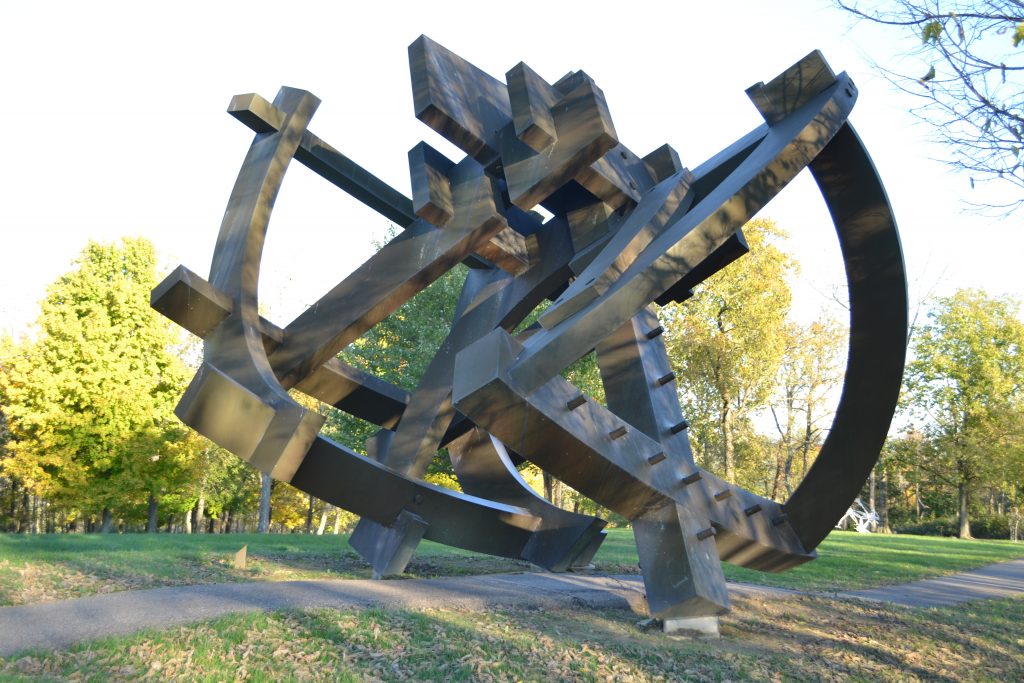
Euclid’s Cross / Michael Dunbar
Dunbar’s Euclid’s Cross is a tribute to Euclid, the father of geometry and America’s industrial resourcefulness.
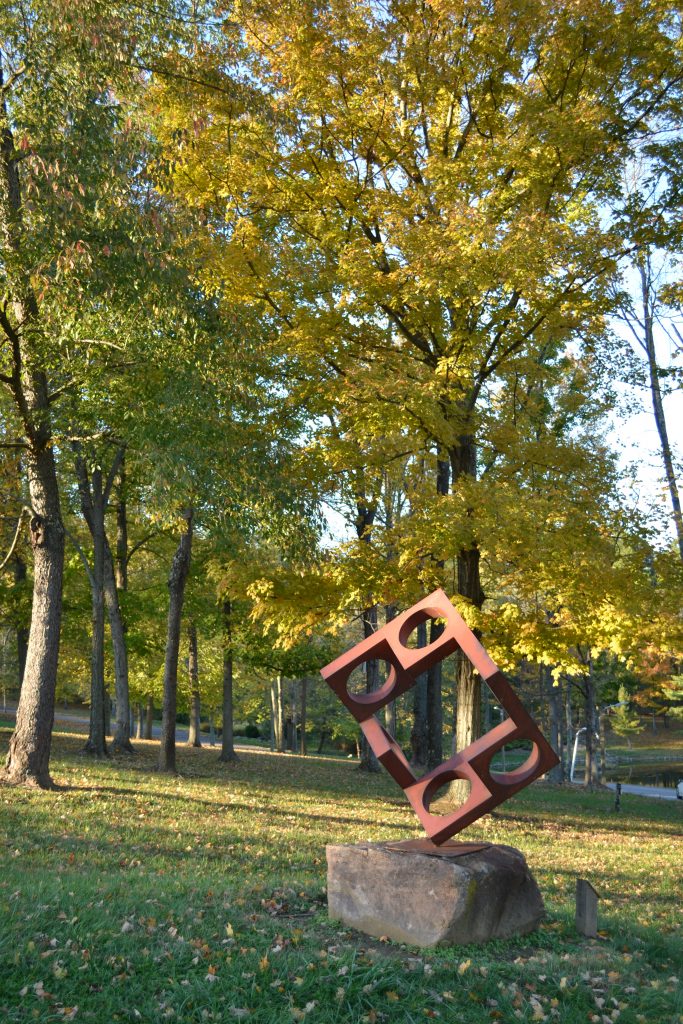
Pattern IV / Greg Johns
Australian-born sculptor Greg Johns is known throughout the world for his contemporary works with steel. He has worked as a full-time sculptor for over forty years.
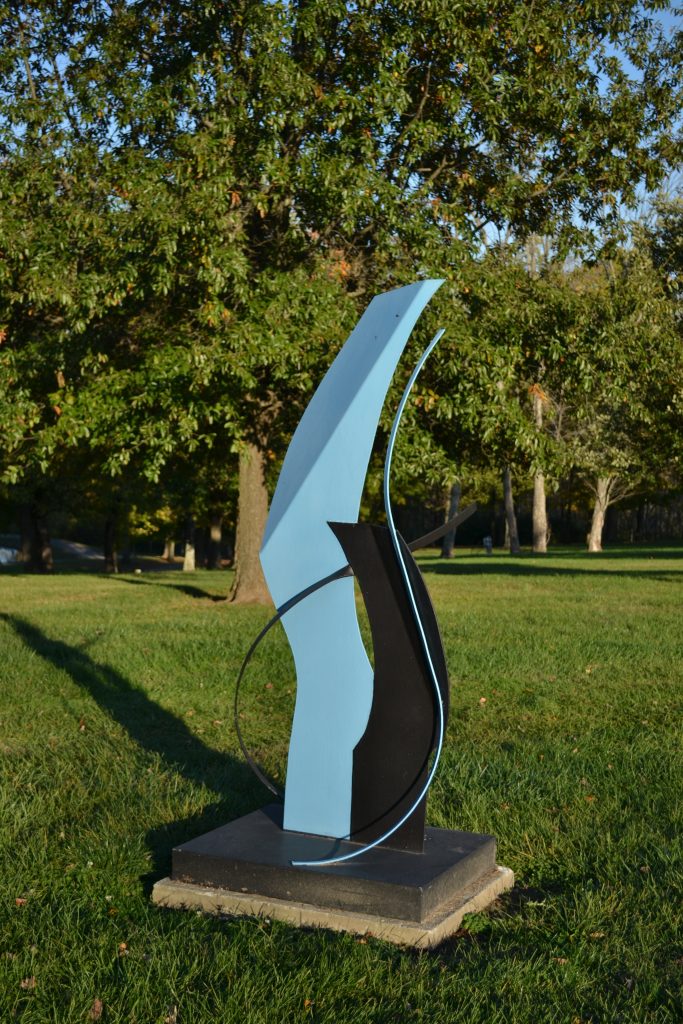
Untitled / Ken Valmaki
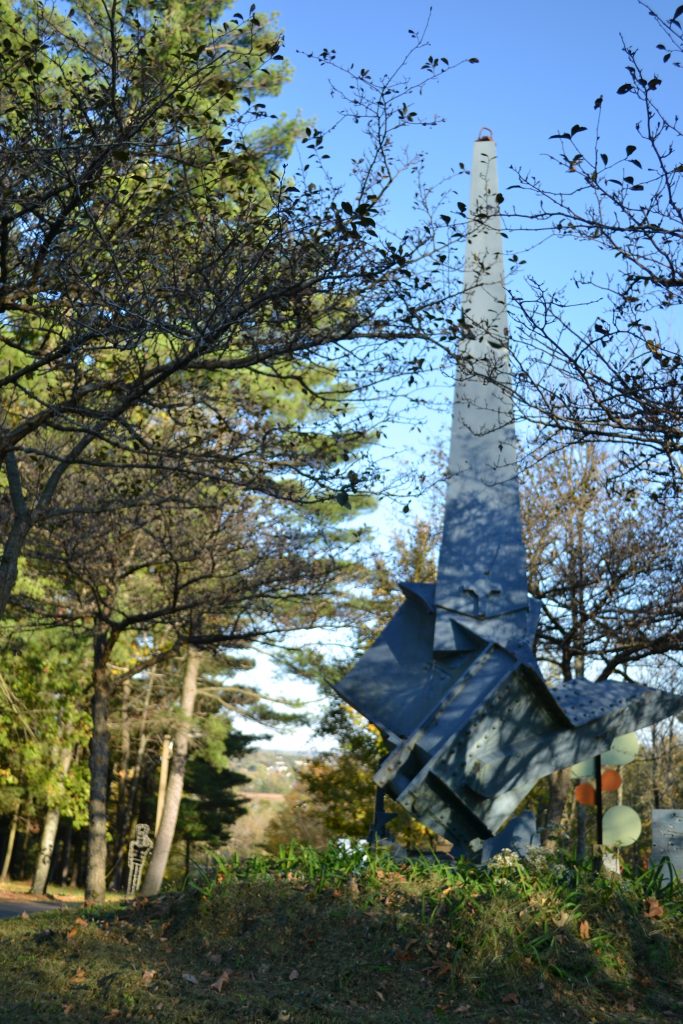
Fourth Obelisk / Tom Gibbs
Standing 16 feet tall, Gibbs’ Fourth Obelisk was constructed of painted steel.
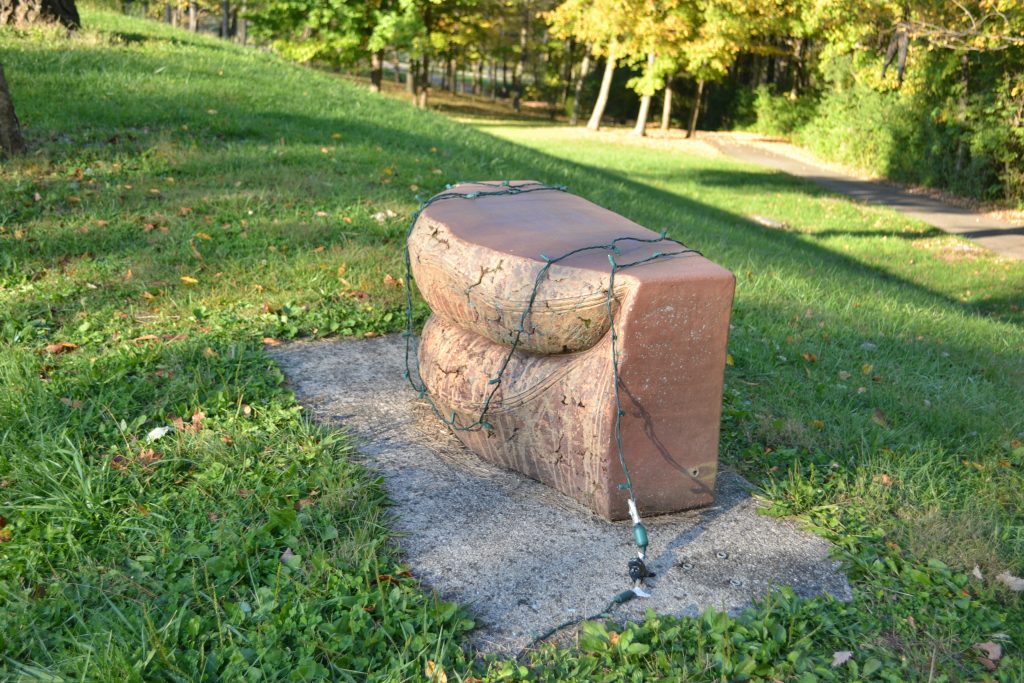
A Smile from Bayon / Joseph Manino
Winning the 2004 Bench Competition, Manino’s 375 pound bench was created from stoneware.
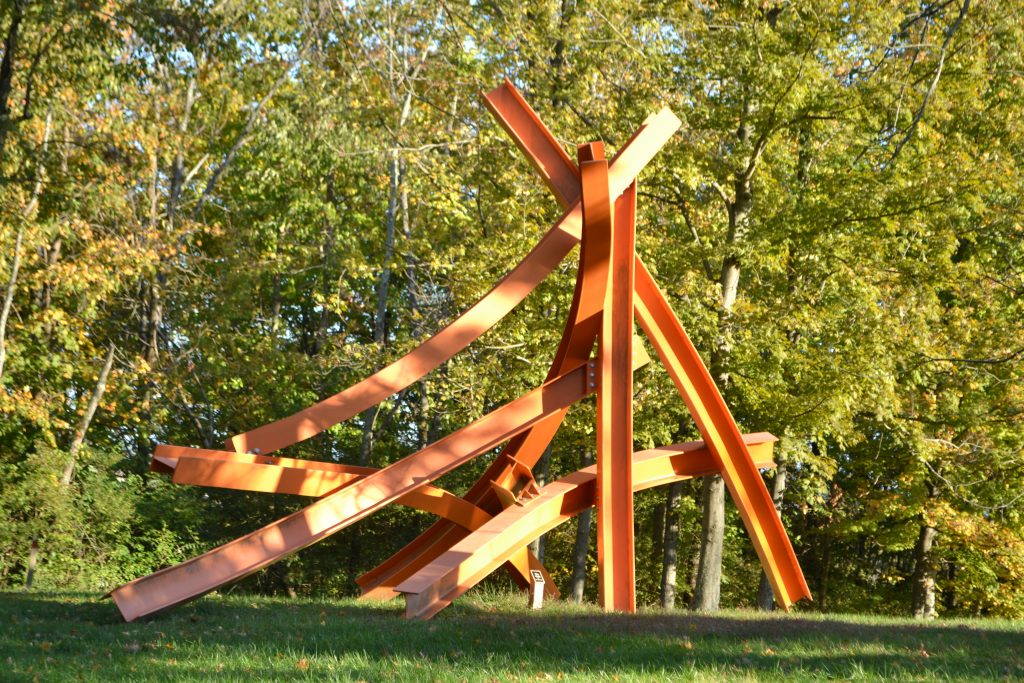
The Web / Brian Monaghan
Canadian sculptor Monaghan’s beam sculpture measures 18 feet high by 20 feet wide.
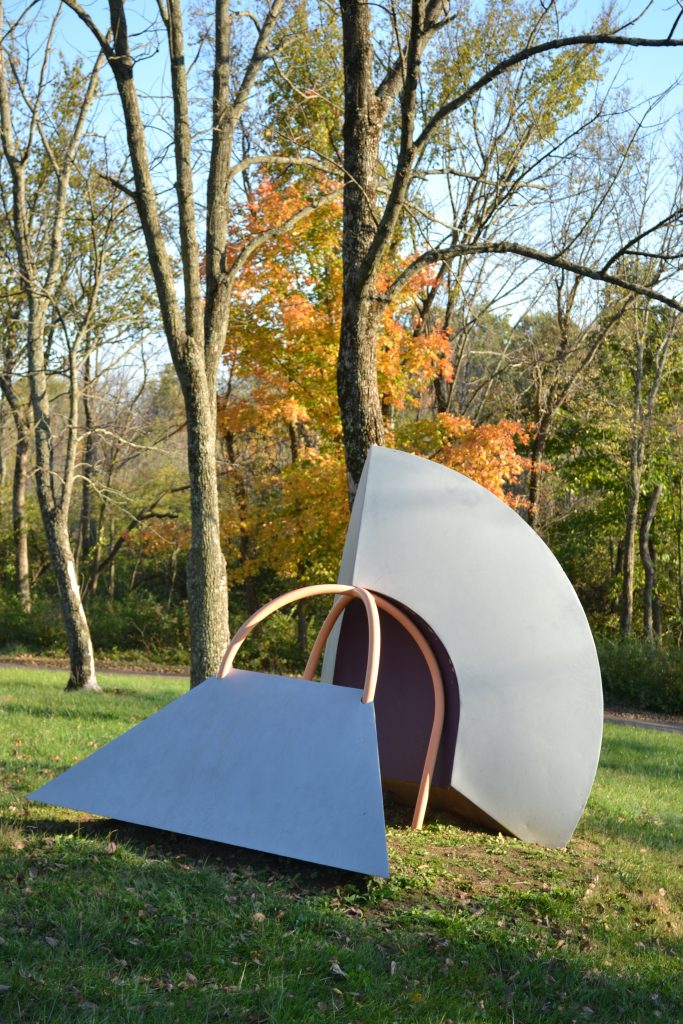
The Quantic of Giza / Tim Scott
The Quantic of Giza is one of a group of three sculptures designed by Tim Scott in the mid 1960s.
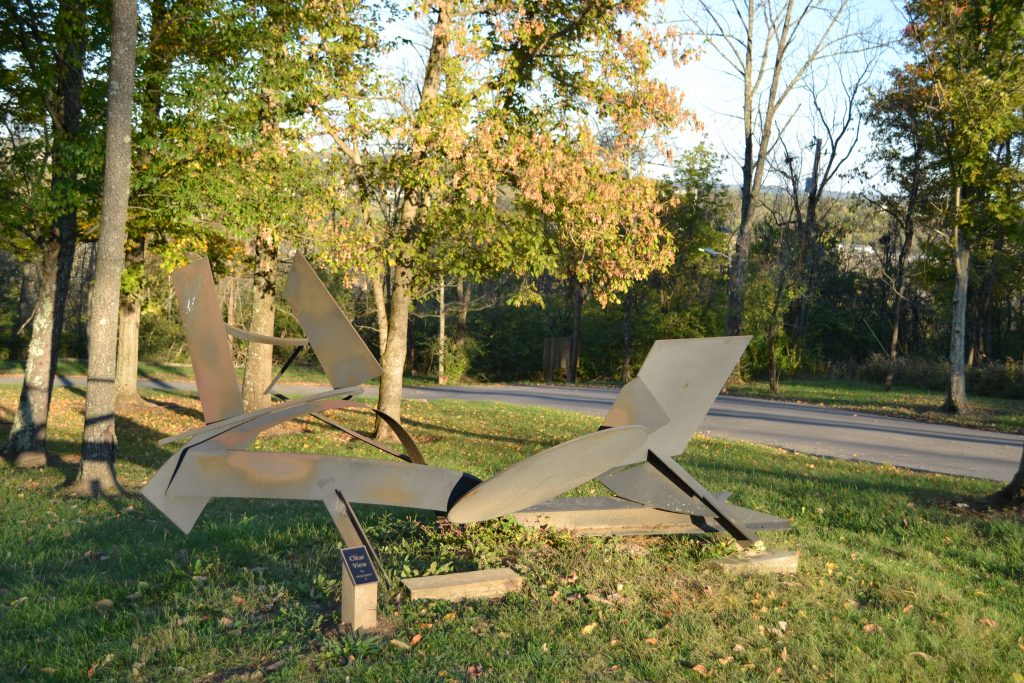
Clear View / Michael Steiner
Talented Michael Steiner displayed his artwork at New York’s Fischbach Gallery at the age of eighteen.
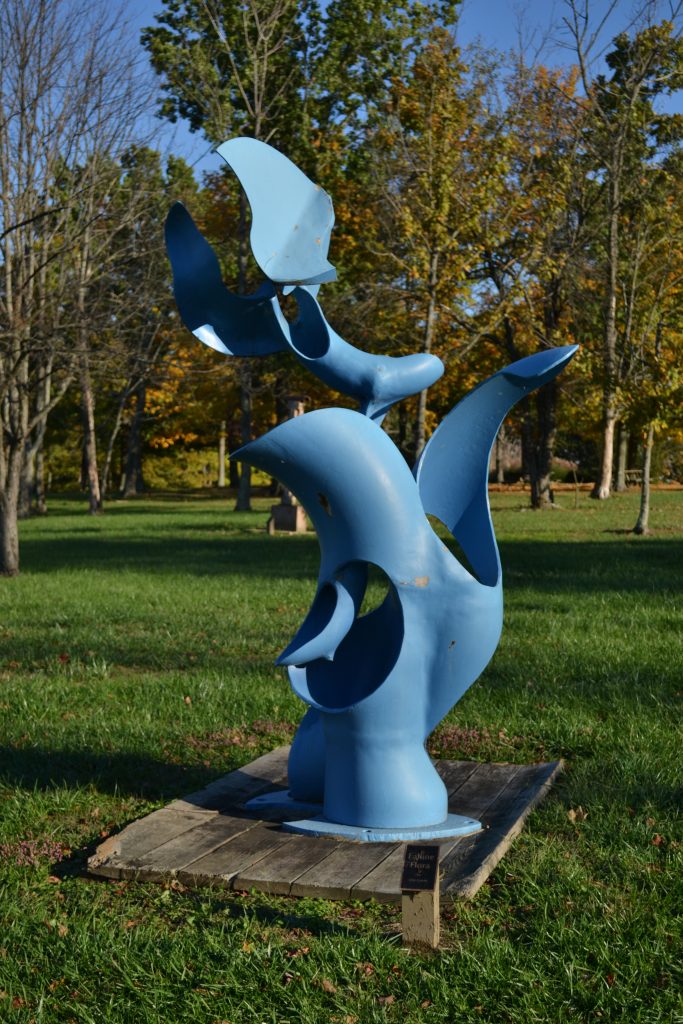
Falline Flora / Don Creech
The sculpture was donated to the park and museum by Don Creech’s family to ensure that his artwork would forever be on display.
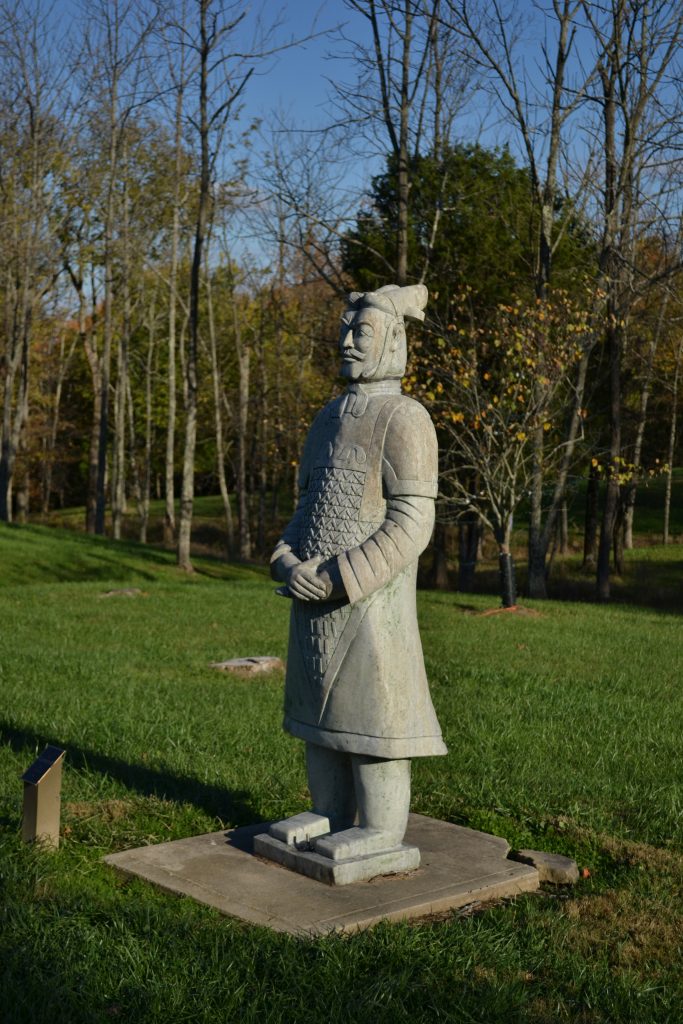
General / Unknown Chinese Artist
Photos cannot adequately describe my amazing experience exploring this phenomenal sculpture park and I highly recommend you visit in person.
Have you had the opportunity to visit Pyramid Hill Sculpture Park & Museum? What was your favorite sculpture and why? I would love to hear about your experience if you would kindly leave a message in the comments section below. Many thanks for reviewing my post and wishing you many Happy Travels!
What to See and What to Do:
Pyramid Hill Sculpture Park & Museum
1763 Hamilton Cleves Road
Hamilton, OH 45013
Telephone: 513 868 1234
- Admission Fee: General admission to the park is $8 for general admission and $3 for children between the ages of 5 – 12. Art cart rentals are available for $20 for the first hour and $15 per hour thereafter. Members receive a discount of $15 for the first hour and $10 thereafter.
- Hours: From April – October, the park is open Monday through Friday from 8 AM to 7 PM. On Saturdays and Sundays they are open from 8AM to 5PM. During the months from November to March they are open from 8 AM to 5PM seven days a week. The museum is open from 12 to 5 PM year around.
- Amenities: Concerts in the Park, museum, Holiday Lights on the Hill and Annual Art Fair.
- Length of Visit: To visit all of the sculptures by car, give yourself at least a couple of hours. If walking, you will need more time.
- Tips for Your Visit: Visit the park and museum’s website for upcoming events and the most up-to-date information. There are benefits of becoming a member and you can research this information on the parks website!
Where to Stay:
Courtyard by Marriott Hamilton
1 Riverfront Plaza
Hamilton, OH 45011
Telephone: 513 896 6200
Where to Eat:
Hyde’s Restaurant
130 South Erie Blvd.
Hamilton, OH 45011
Telephone: 513 892 1287
Serving the community since 1946, Hyde’s is an amazing restaurant to try some down home cooking. I ordered the breaded cod sandwich with a side salad with ranch. Should you visit Pyramid Hill Sculpture Park & Museum on a Thursday, save room for Peanut Butter Creme Pie.
